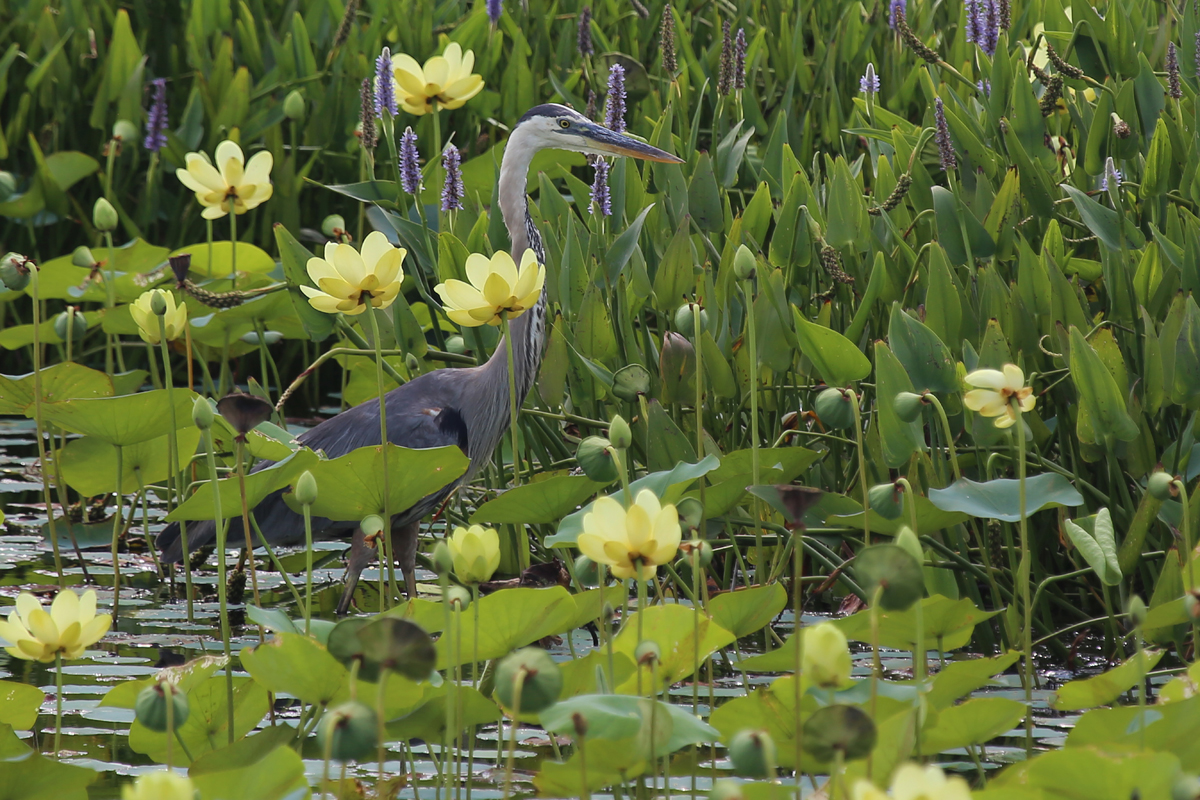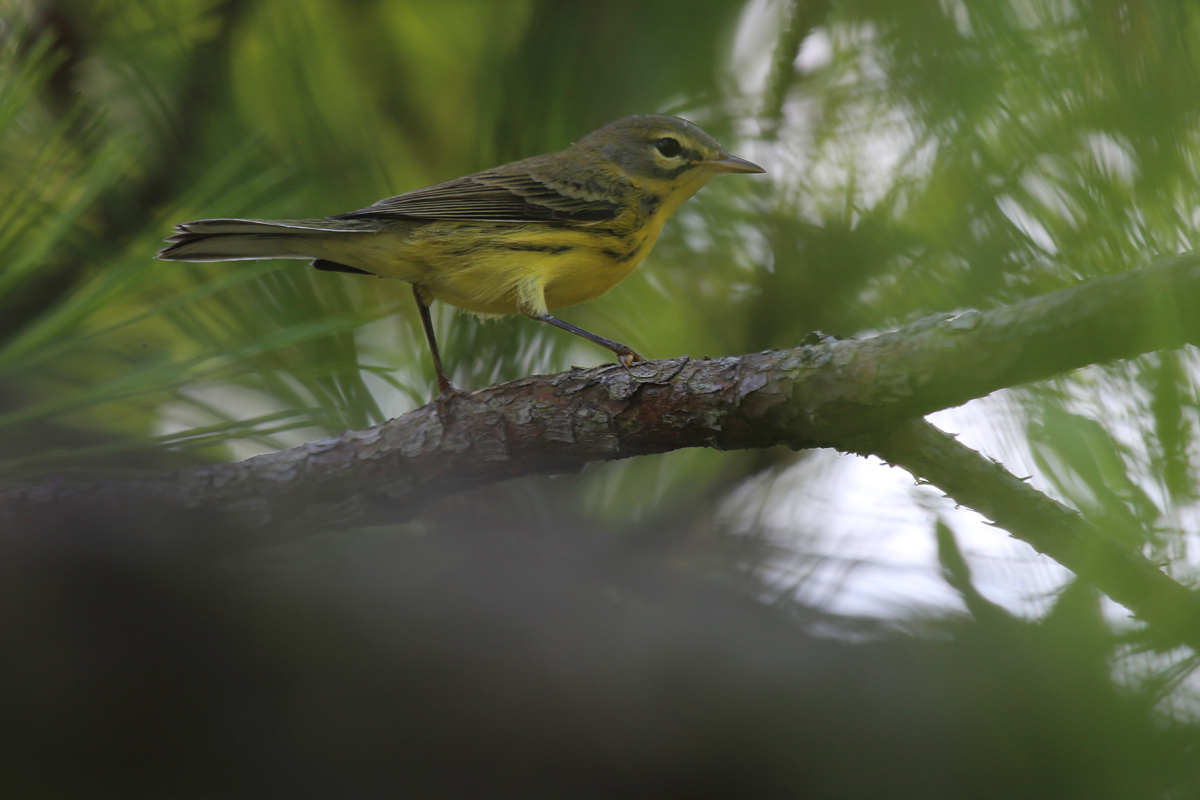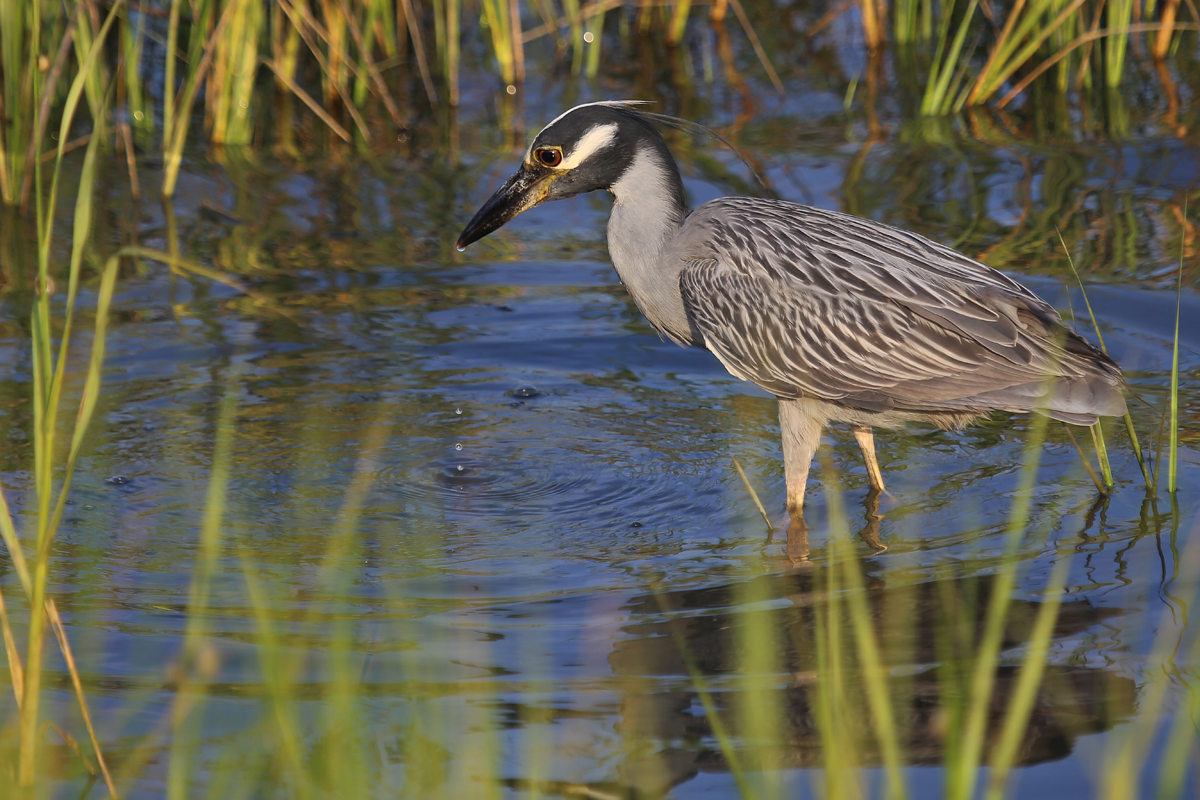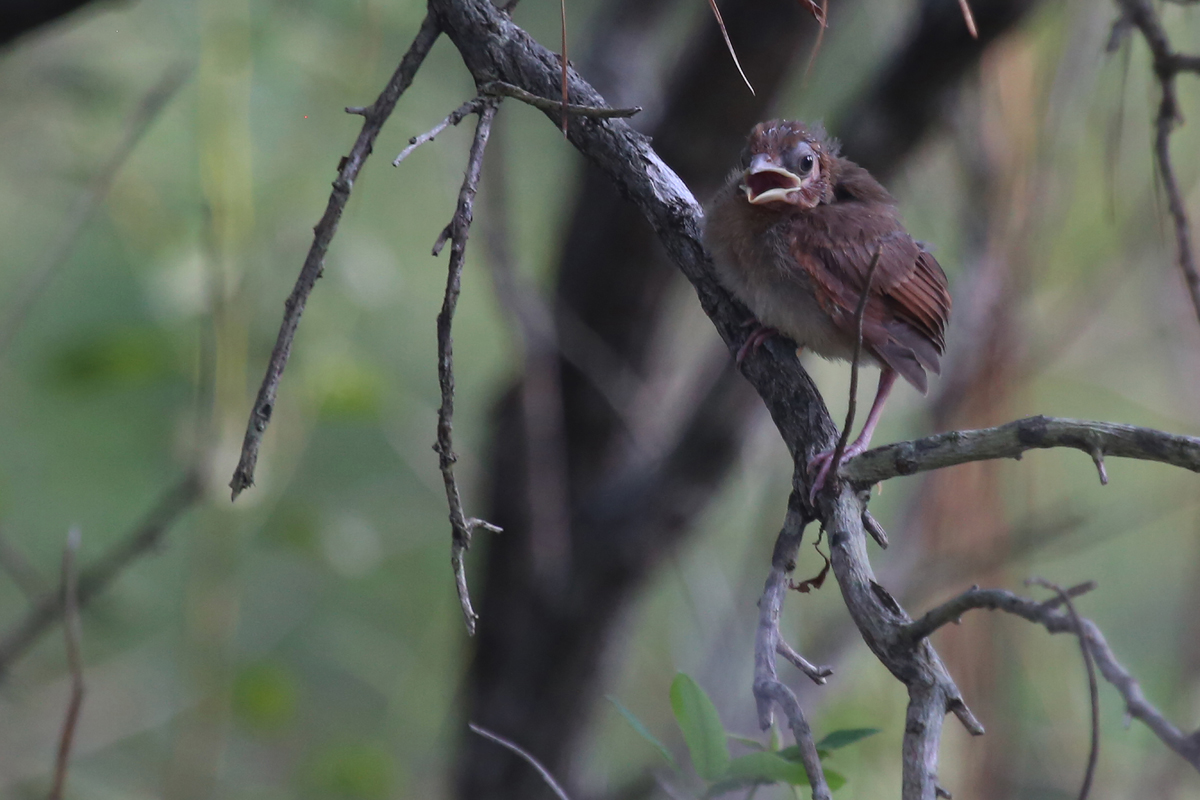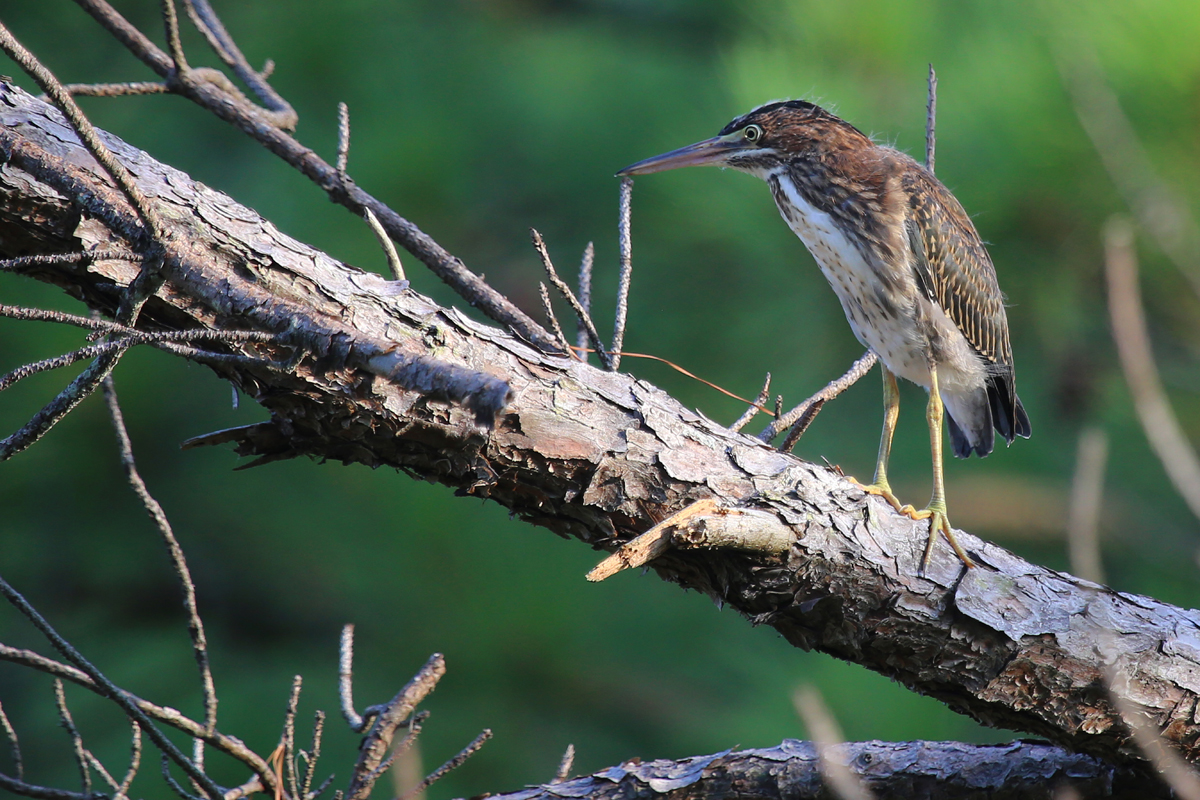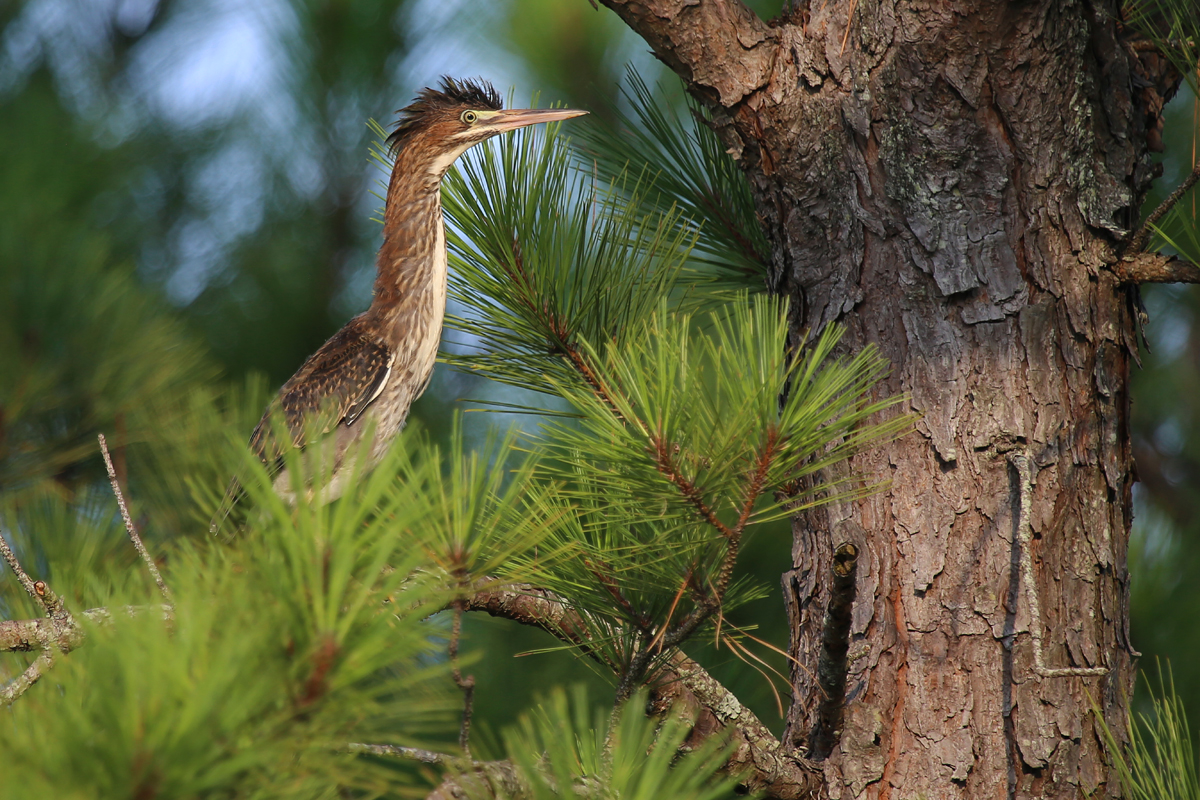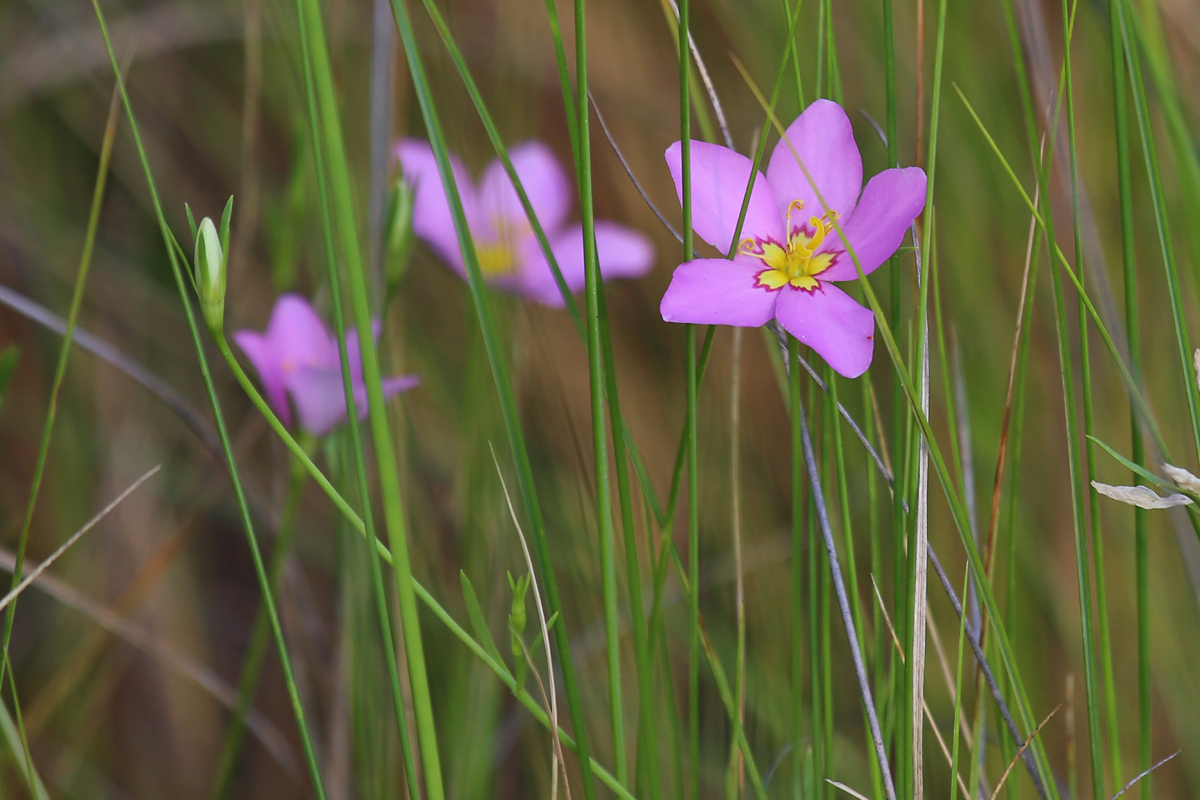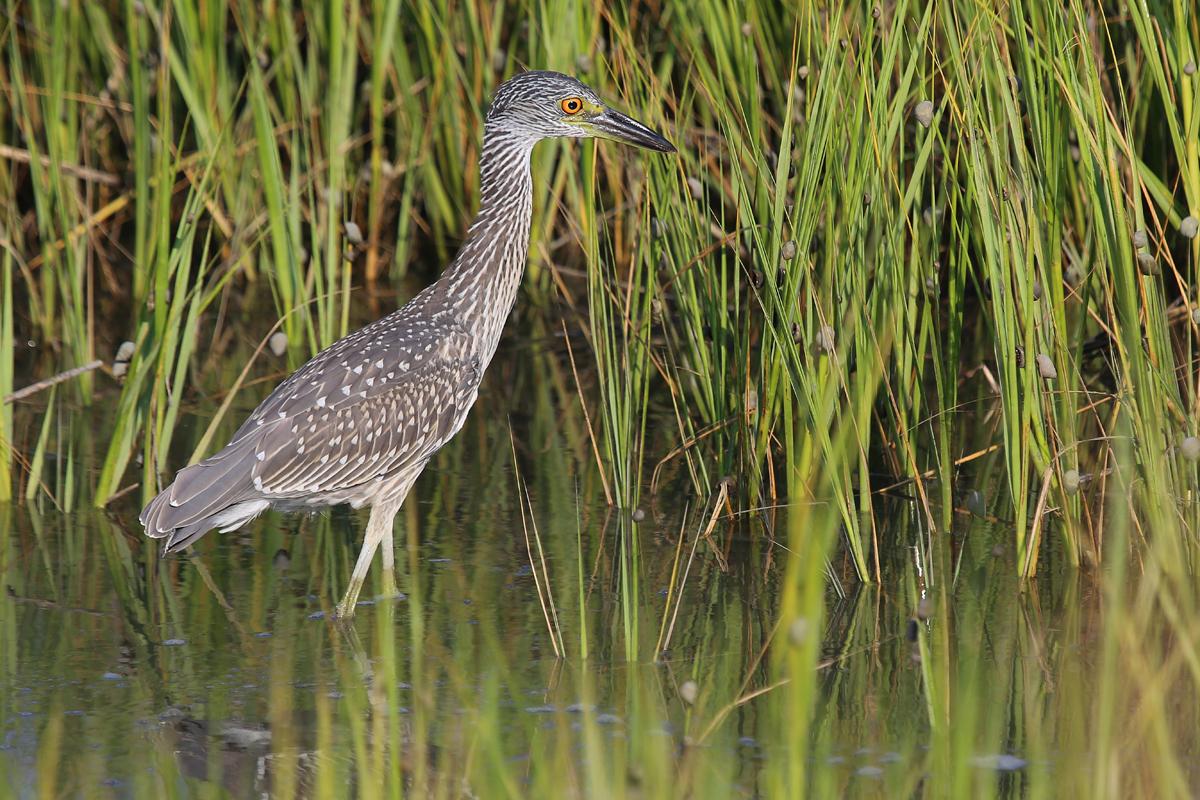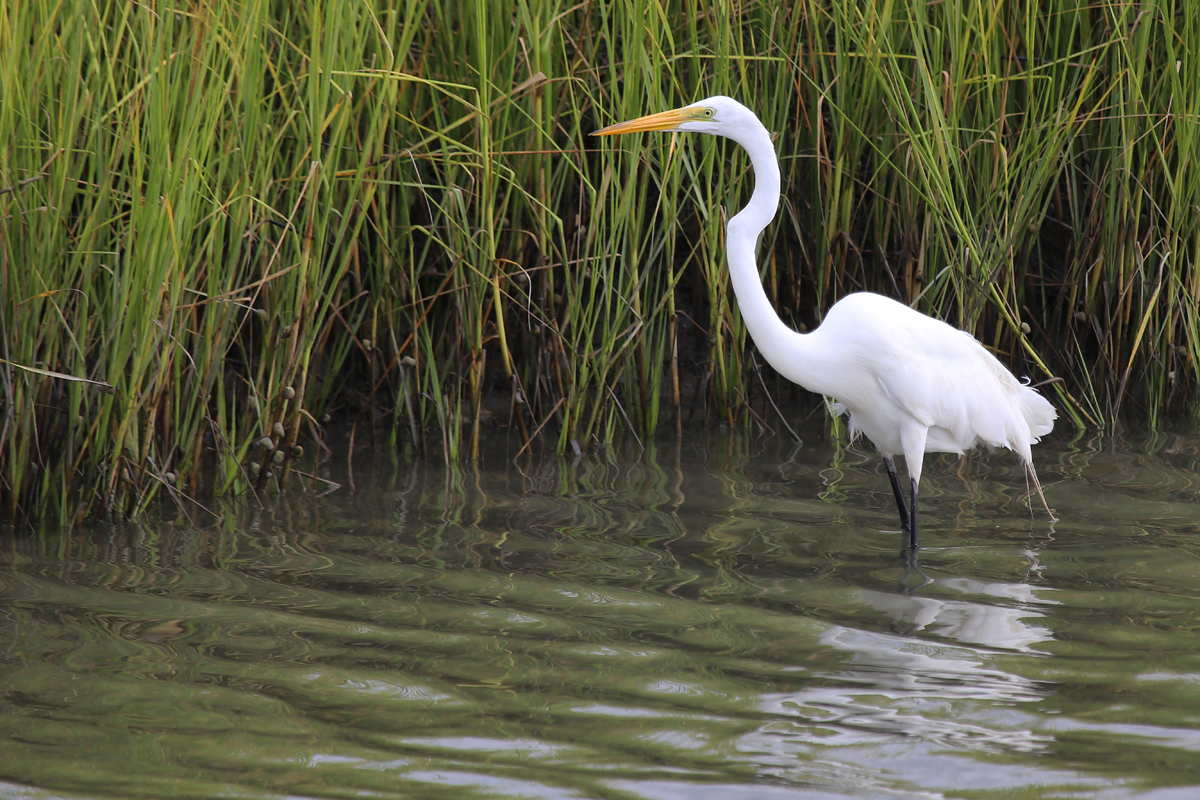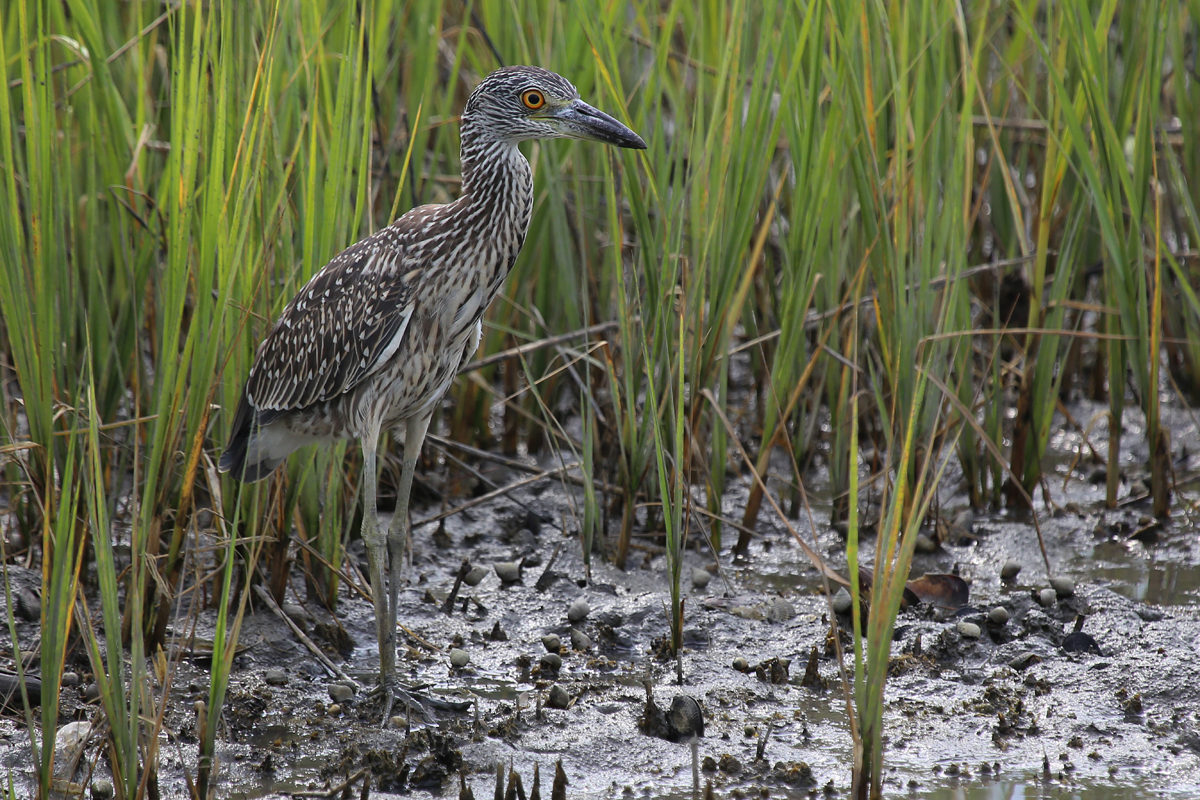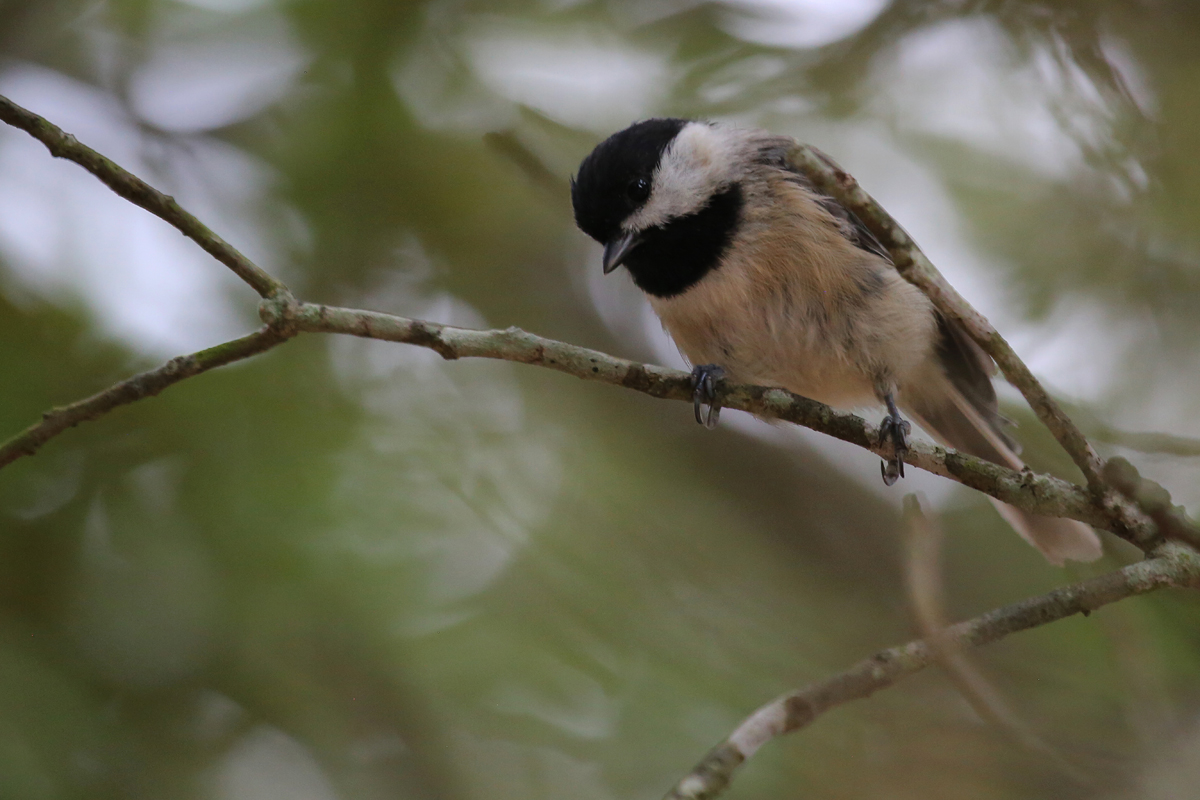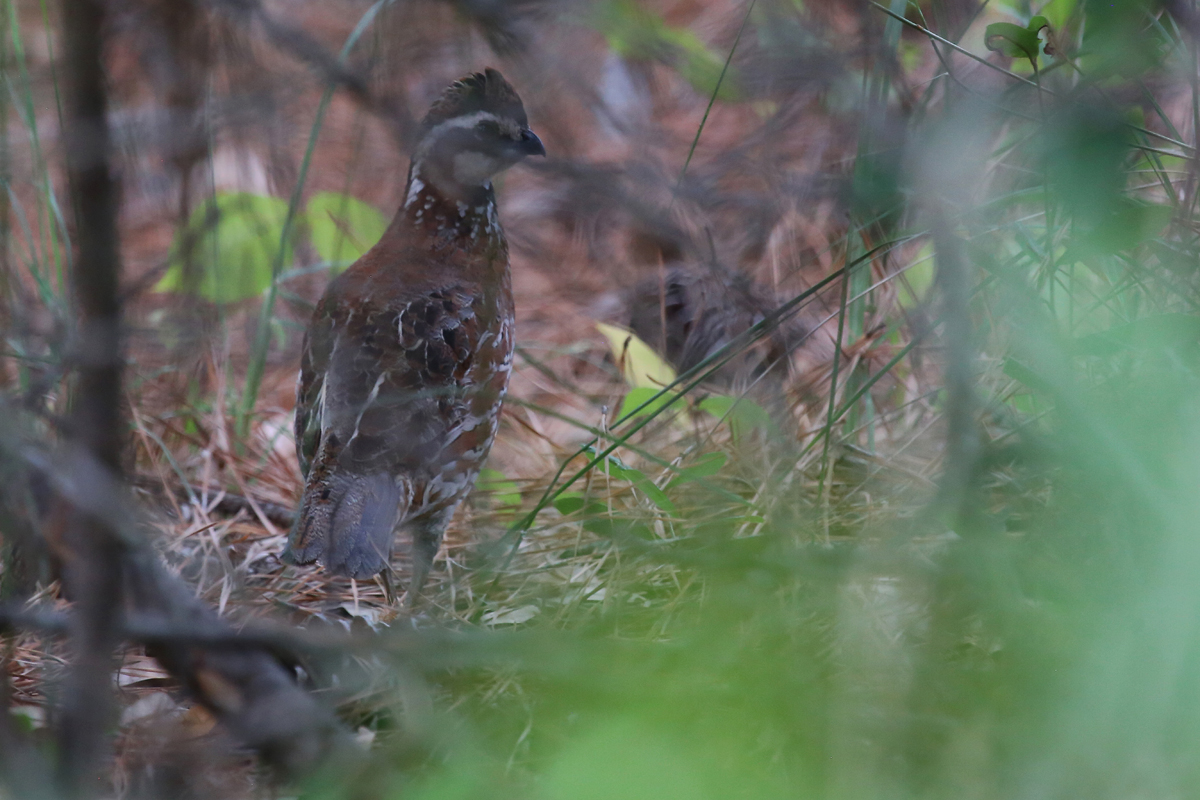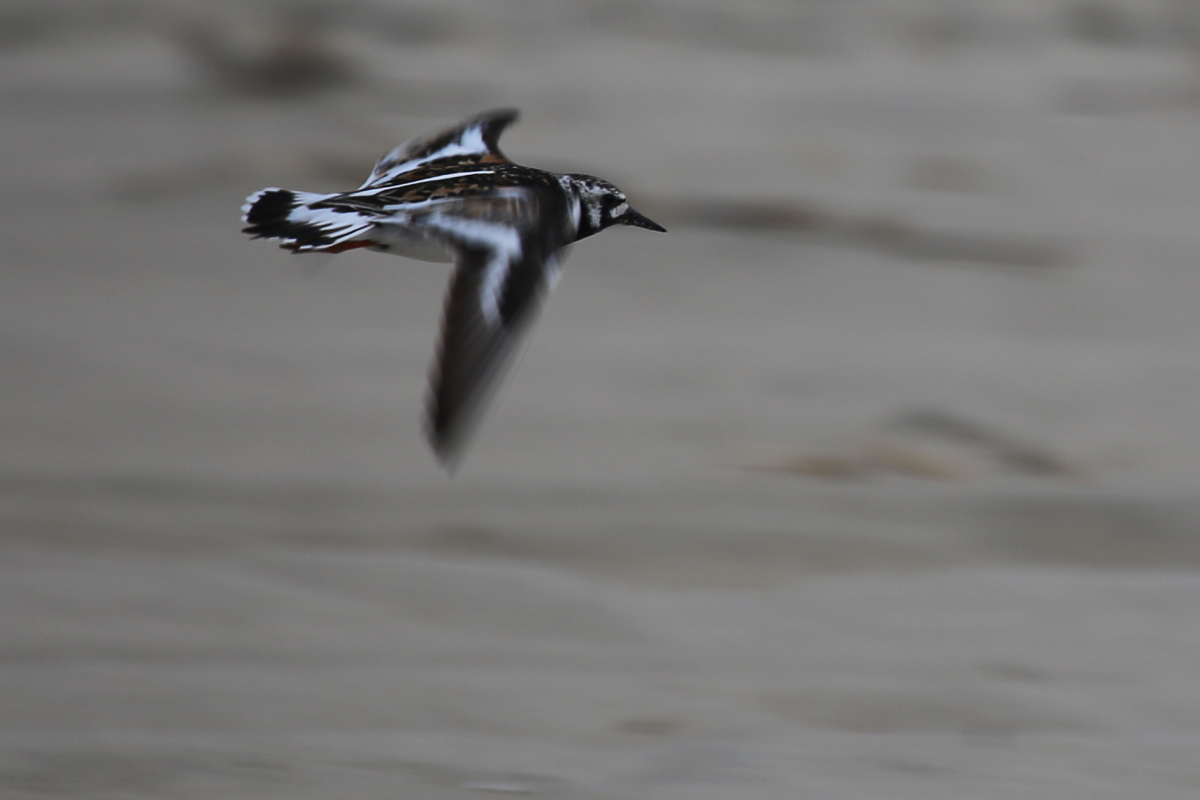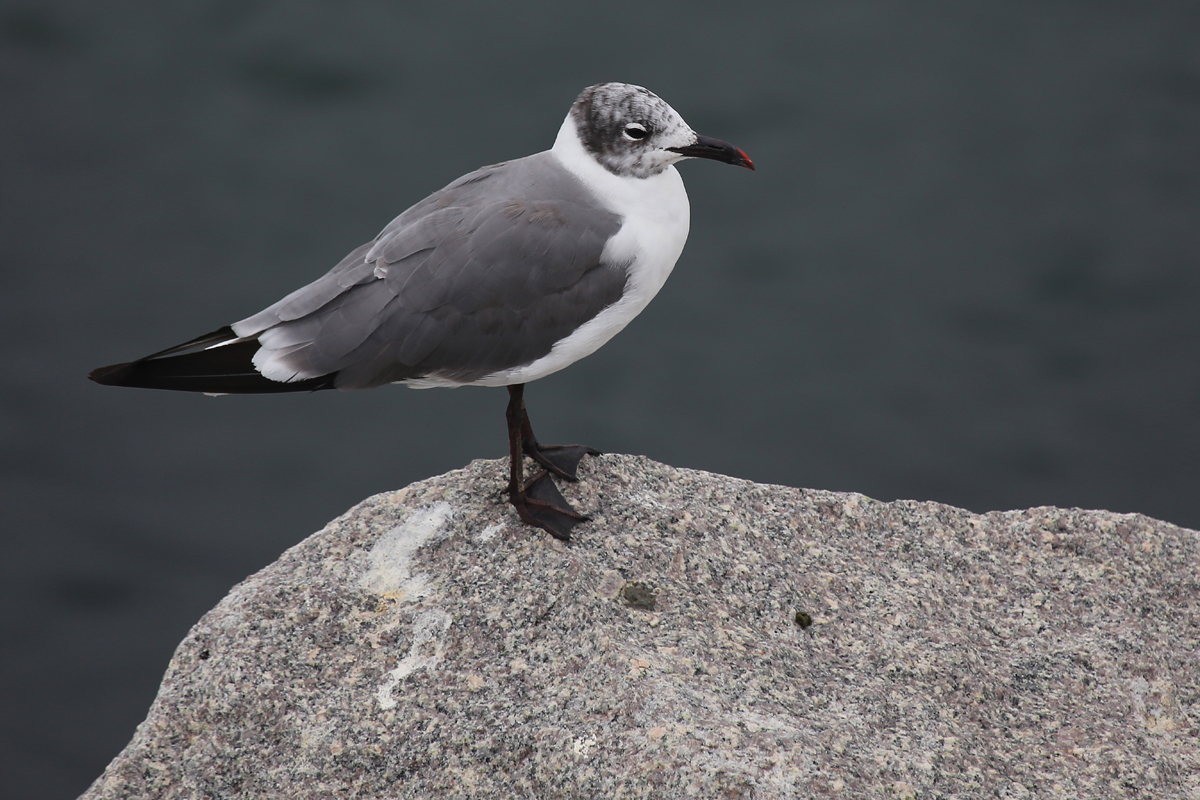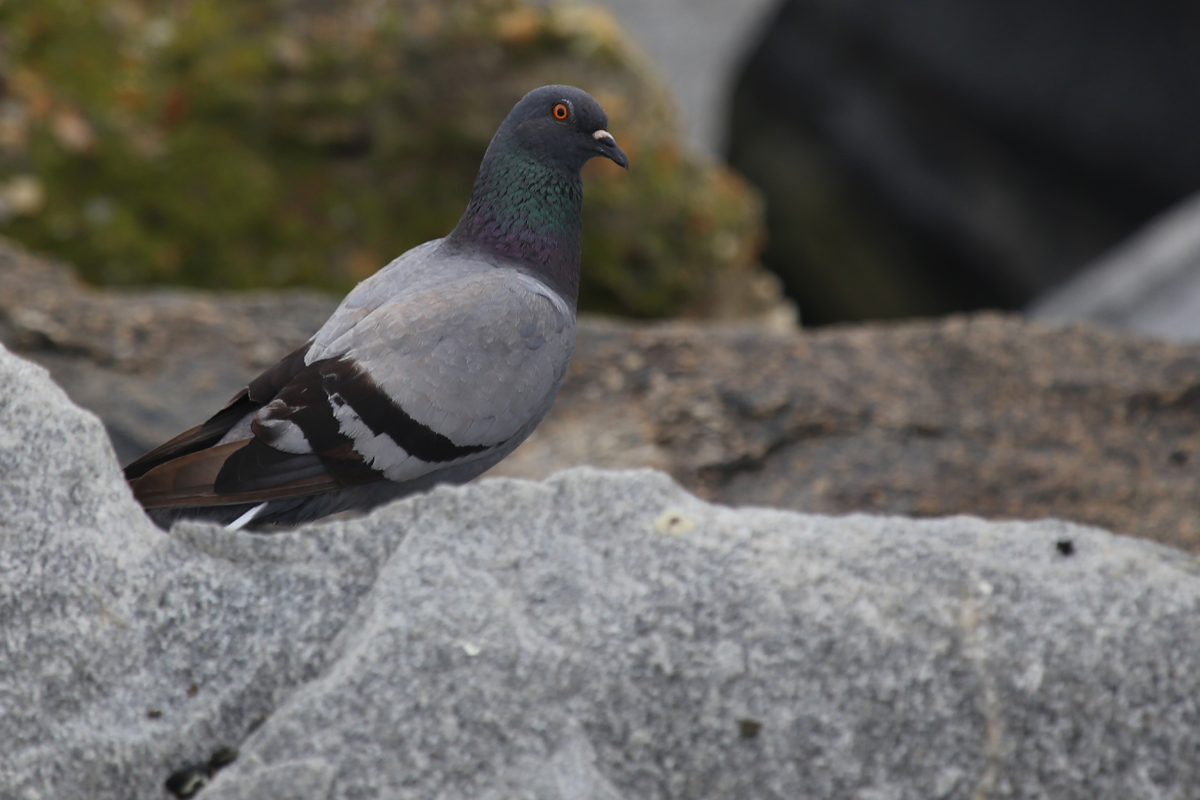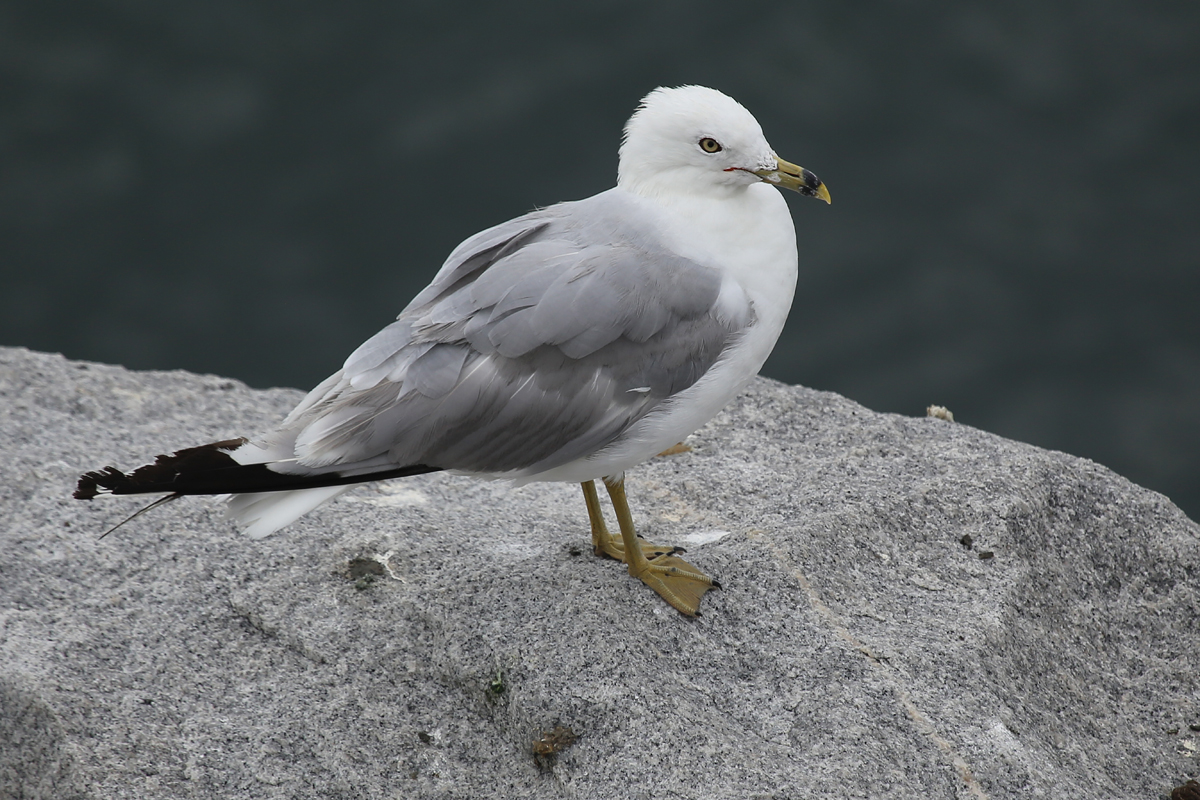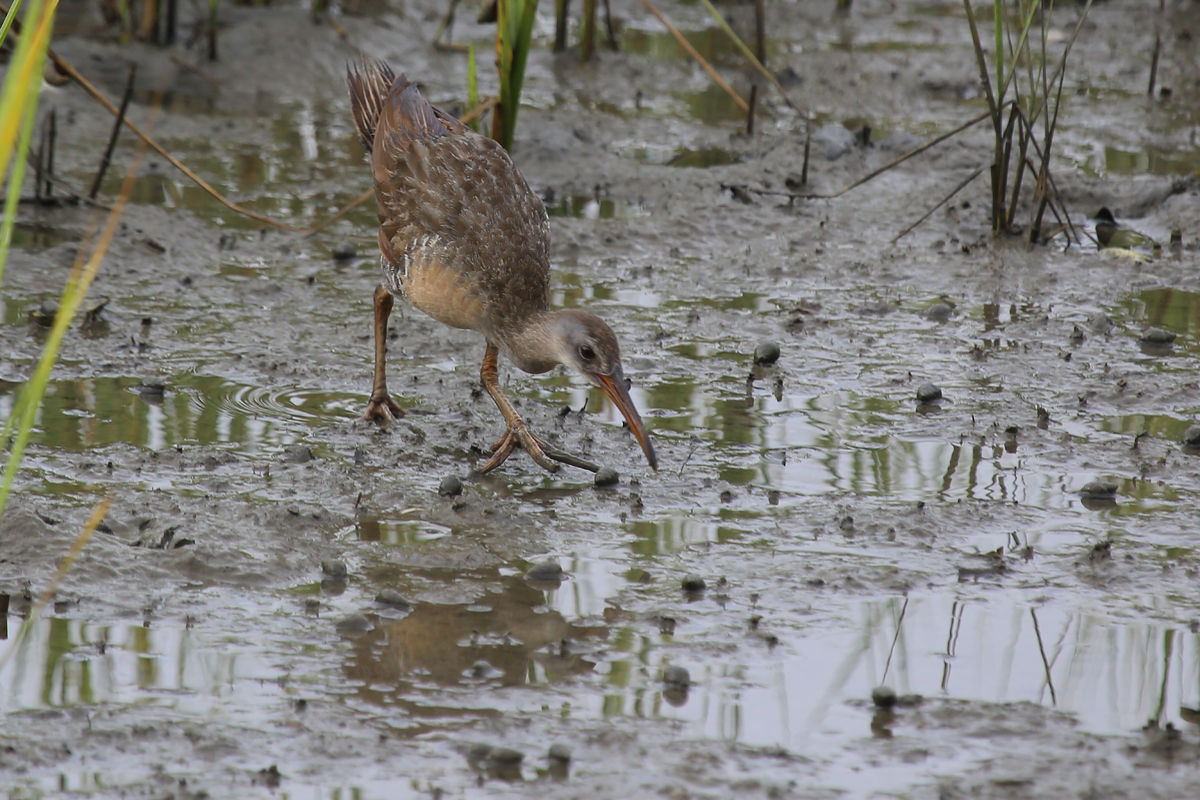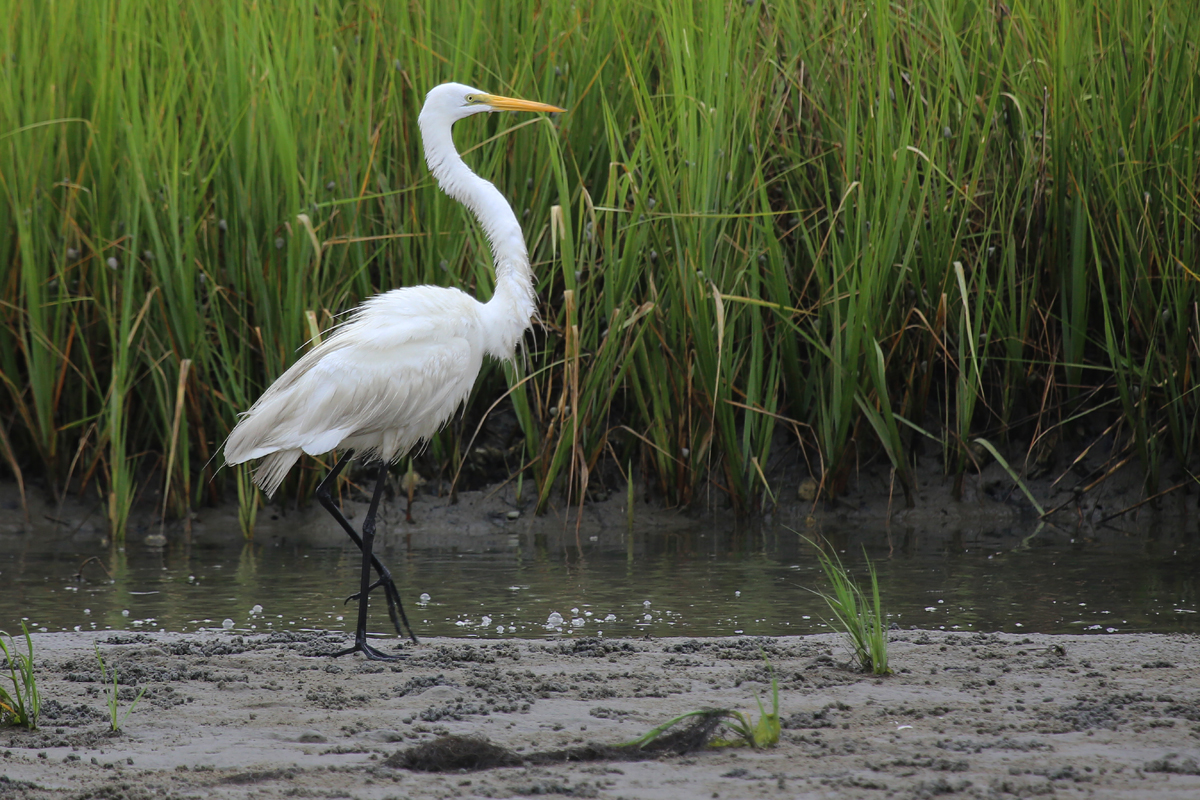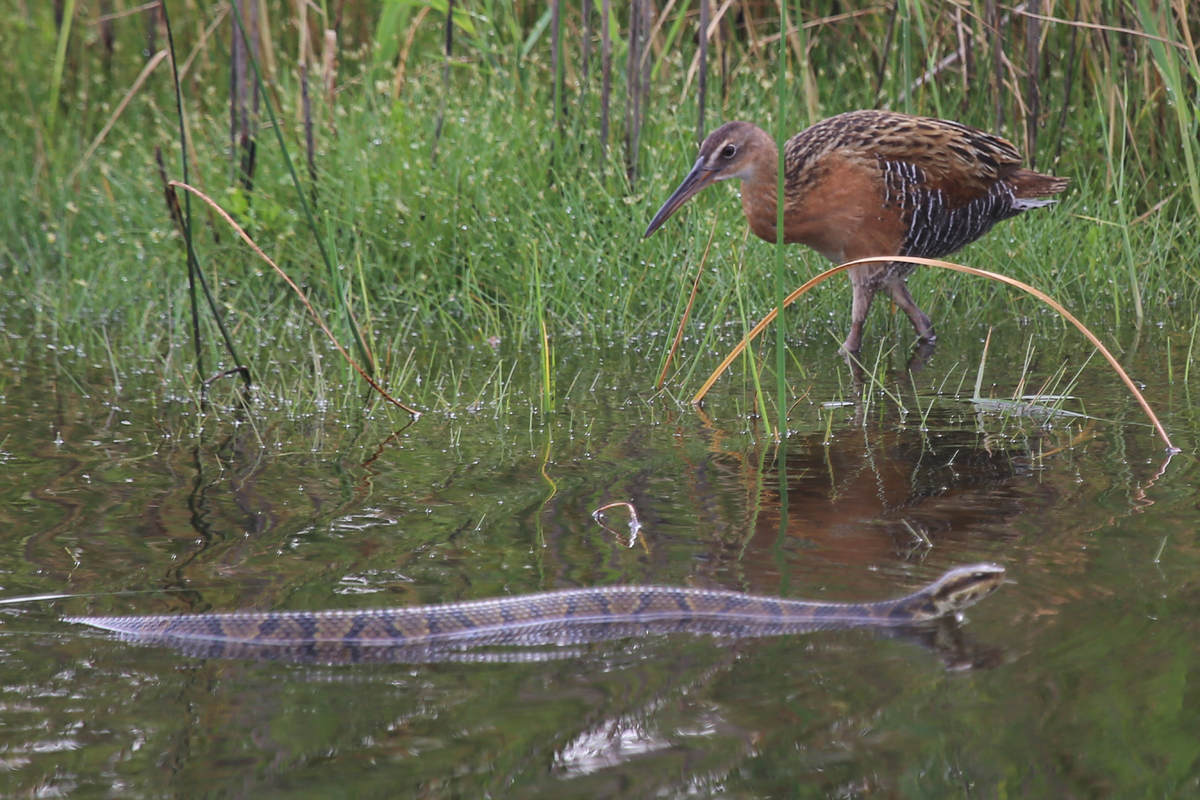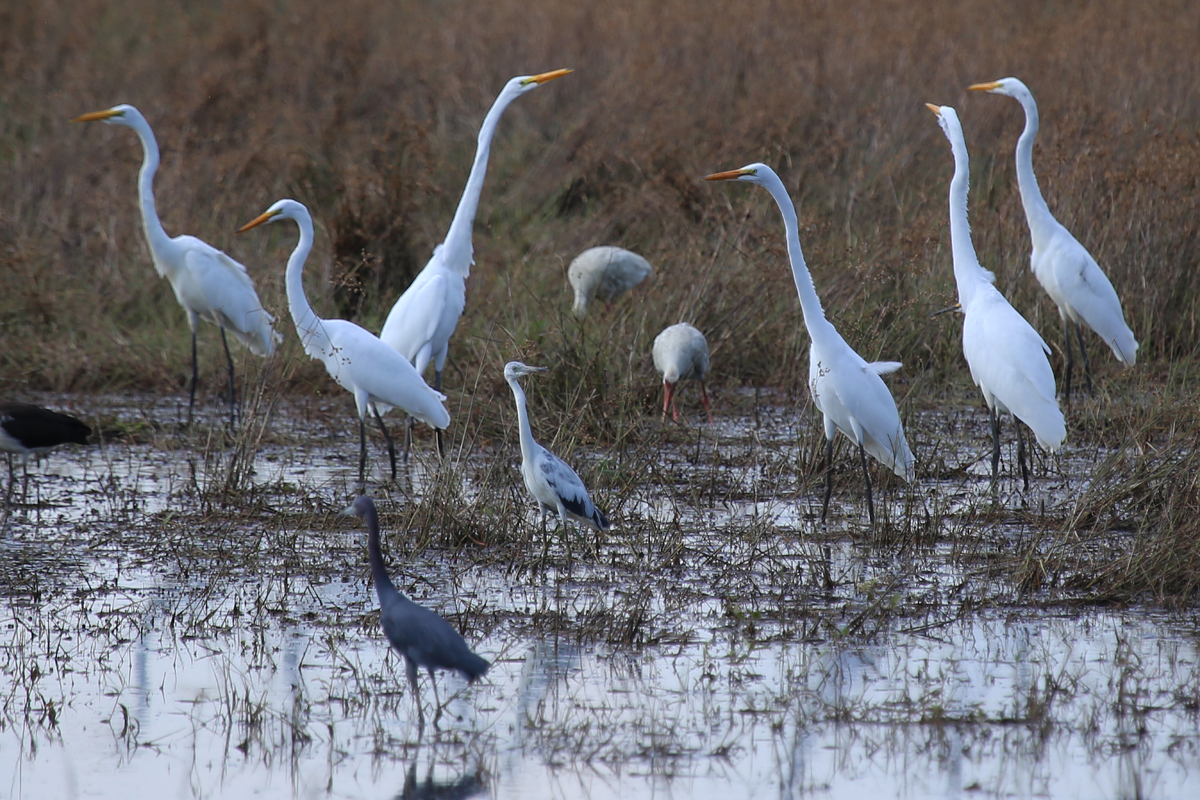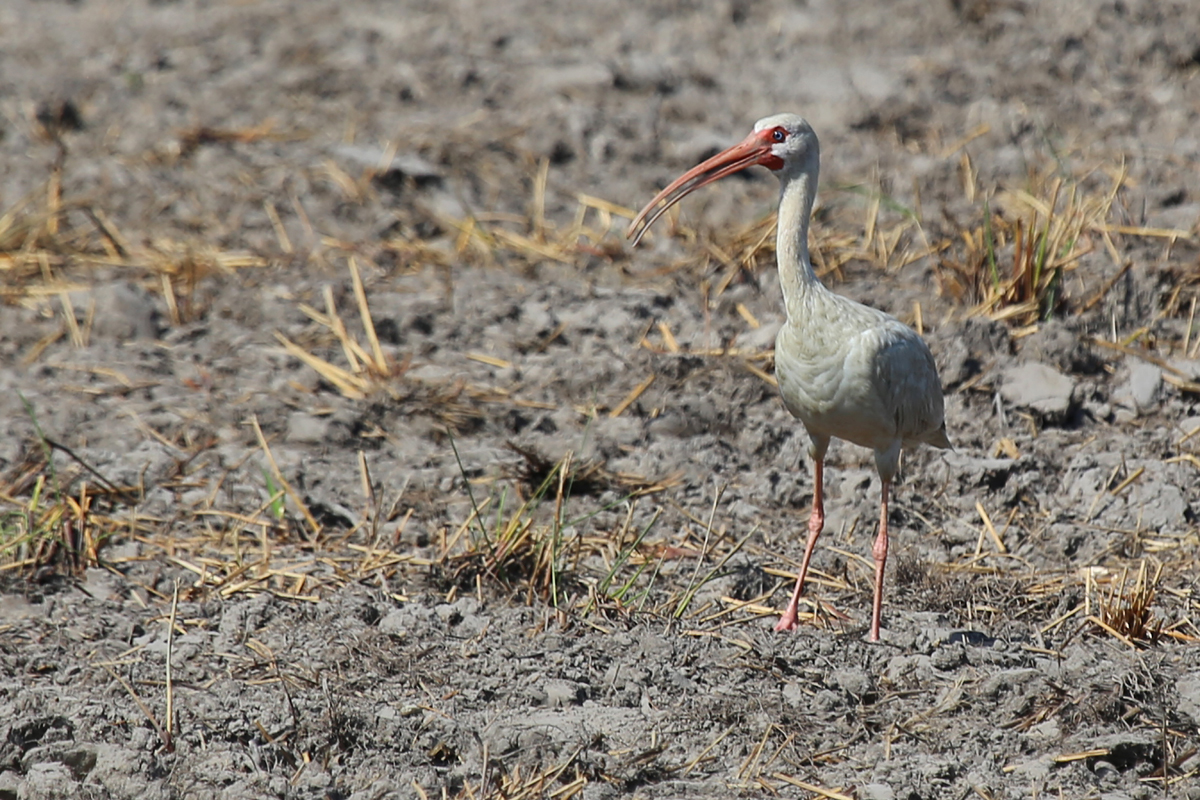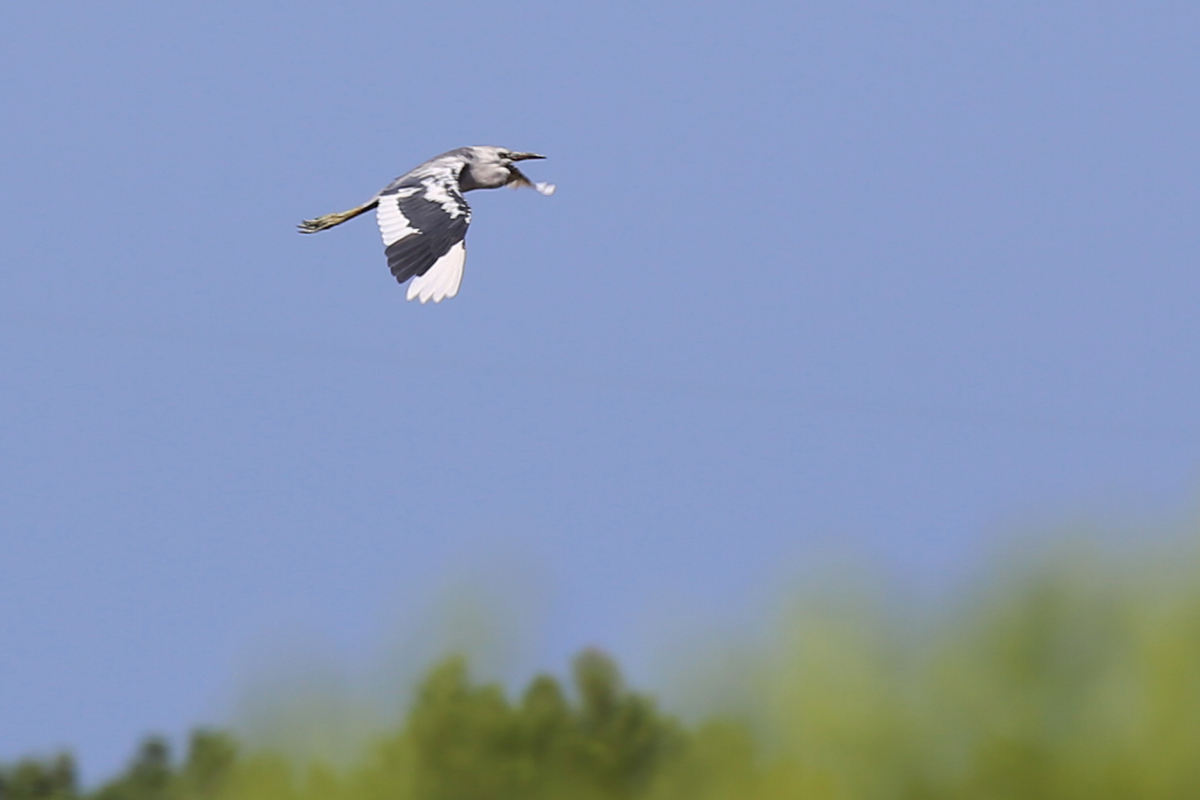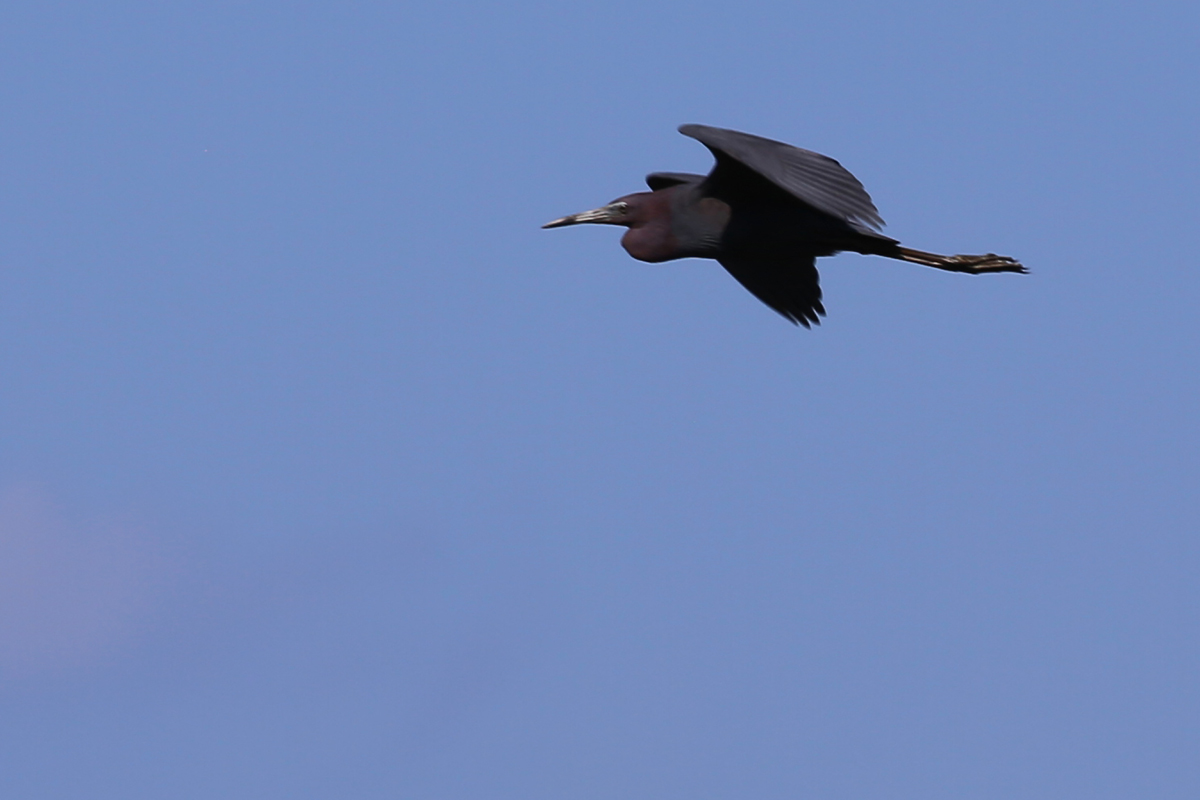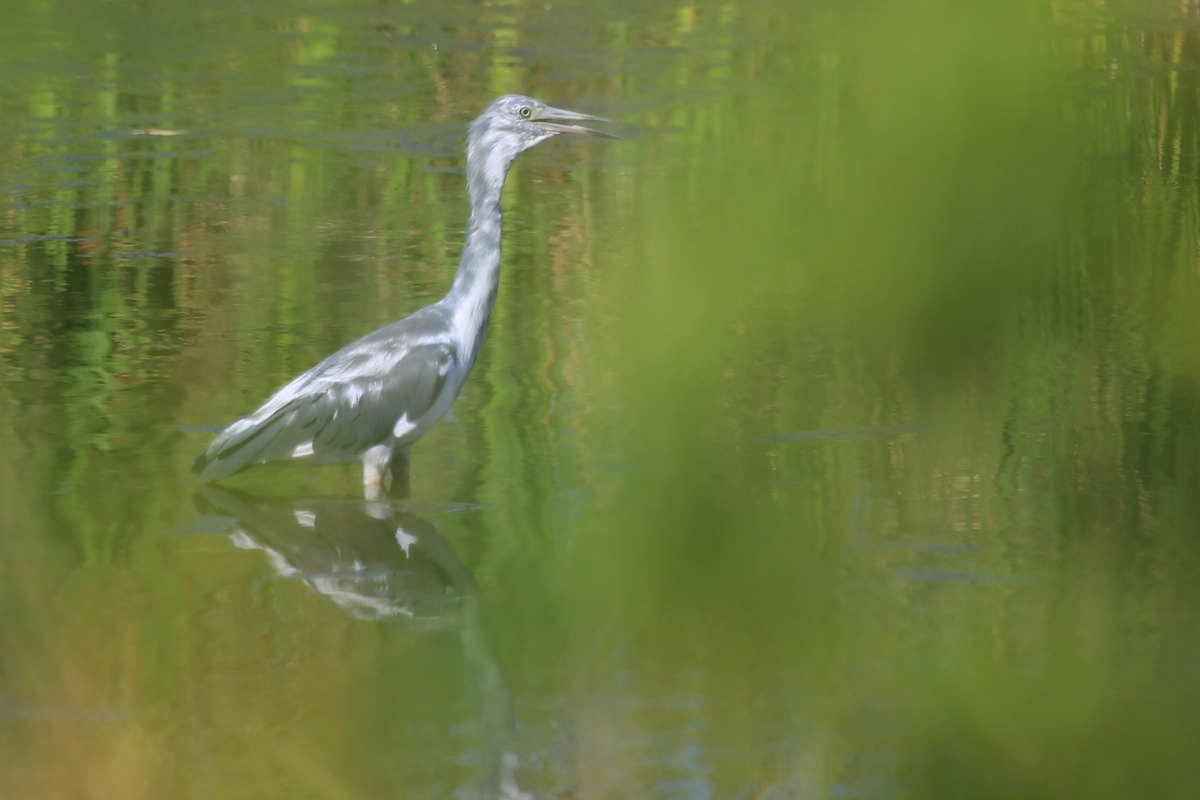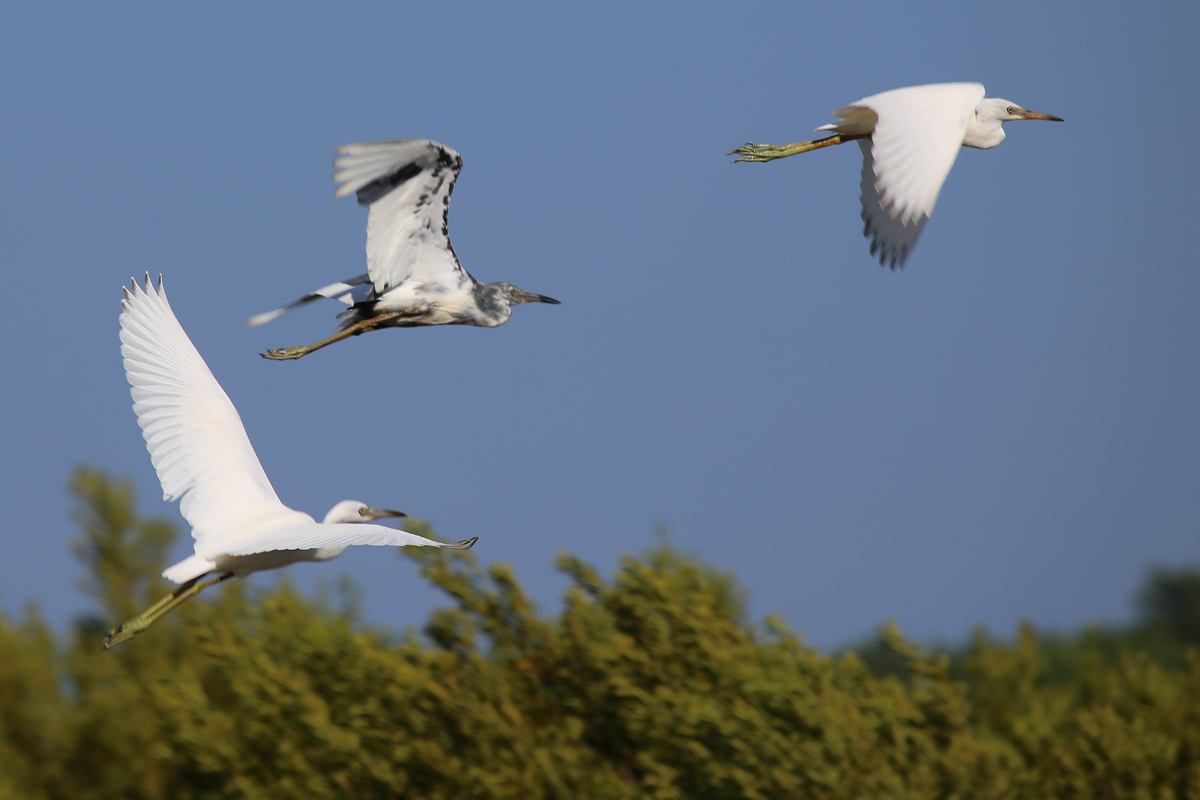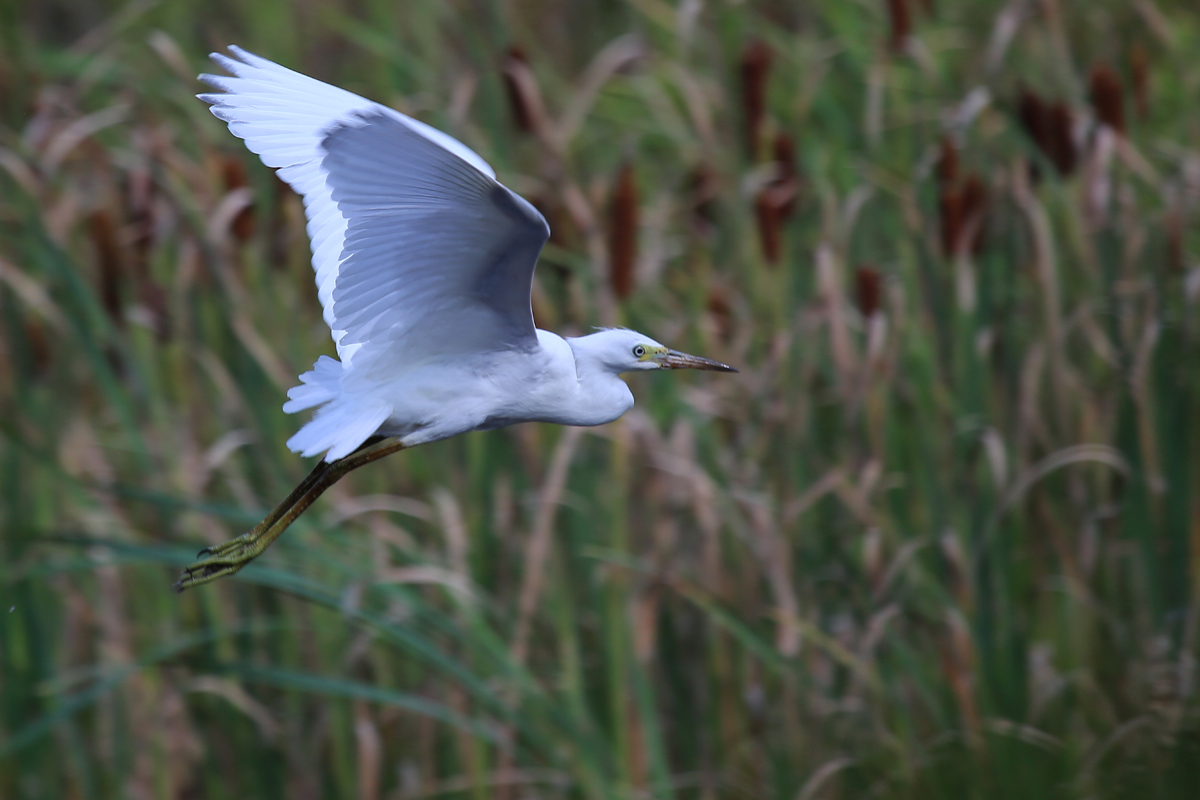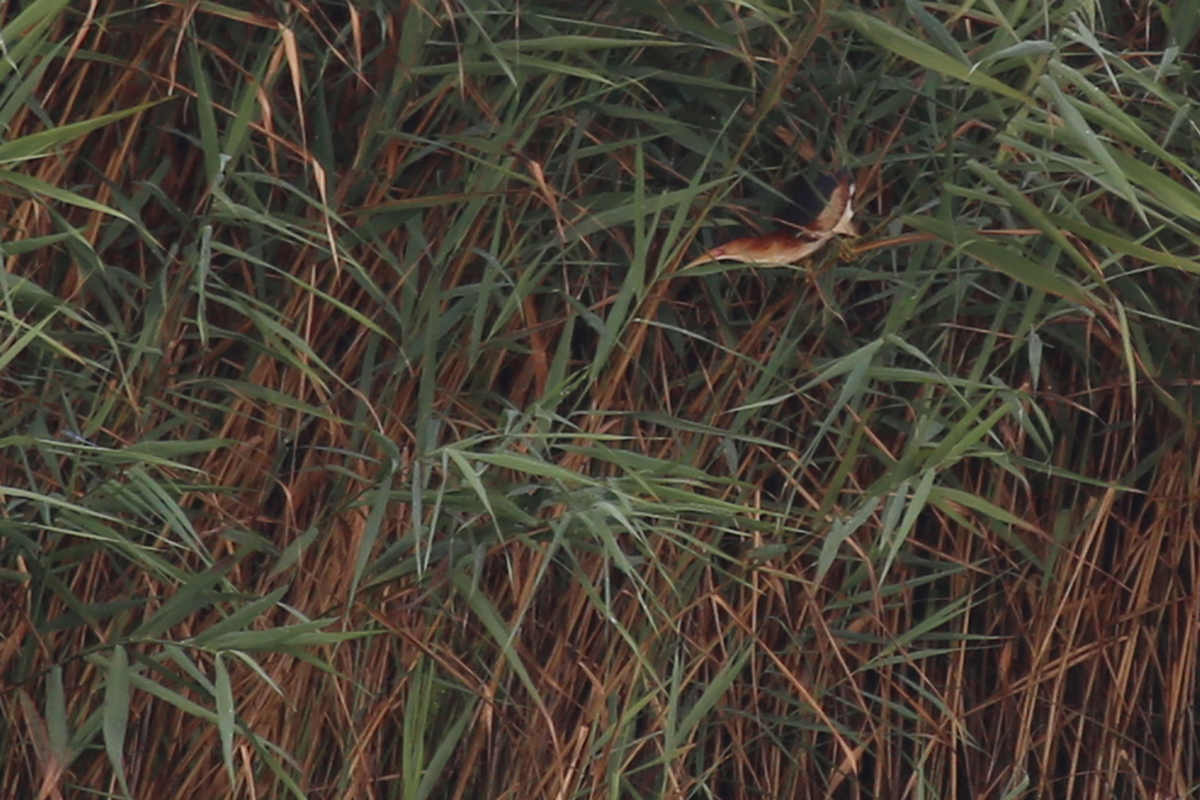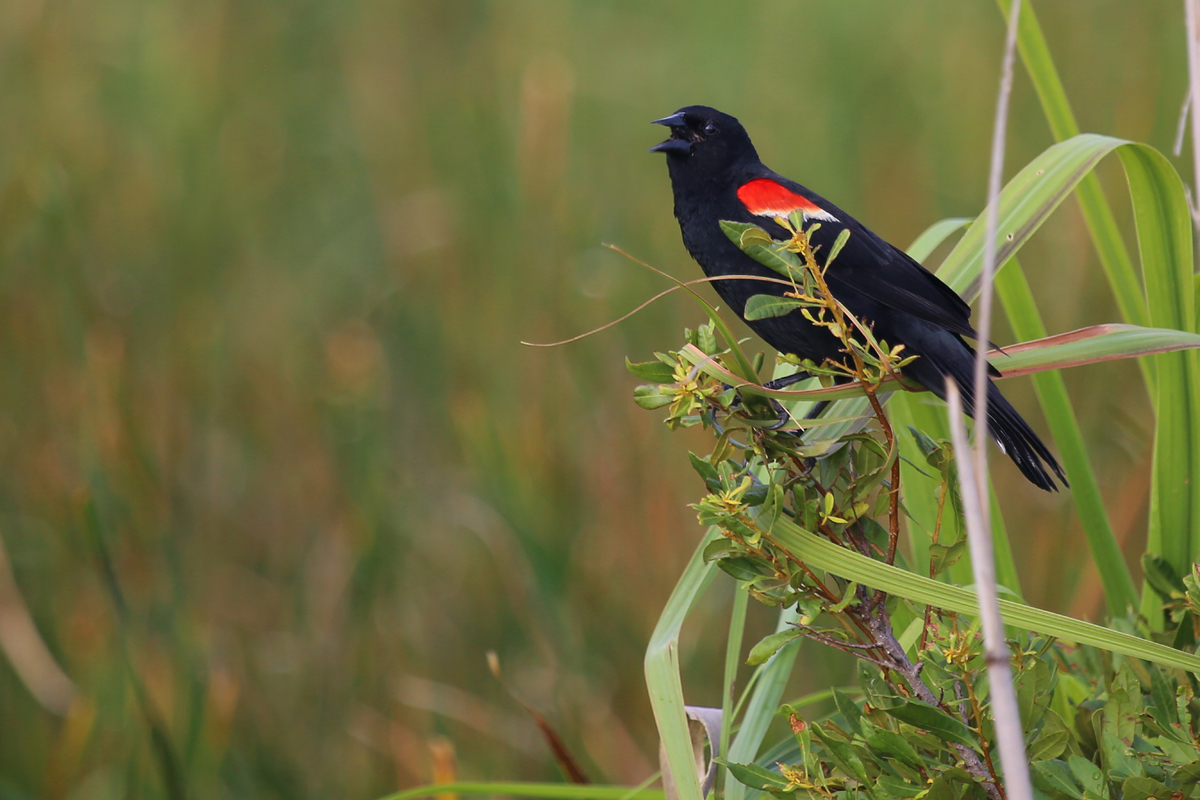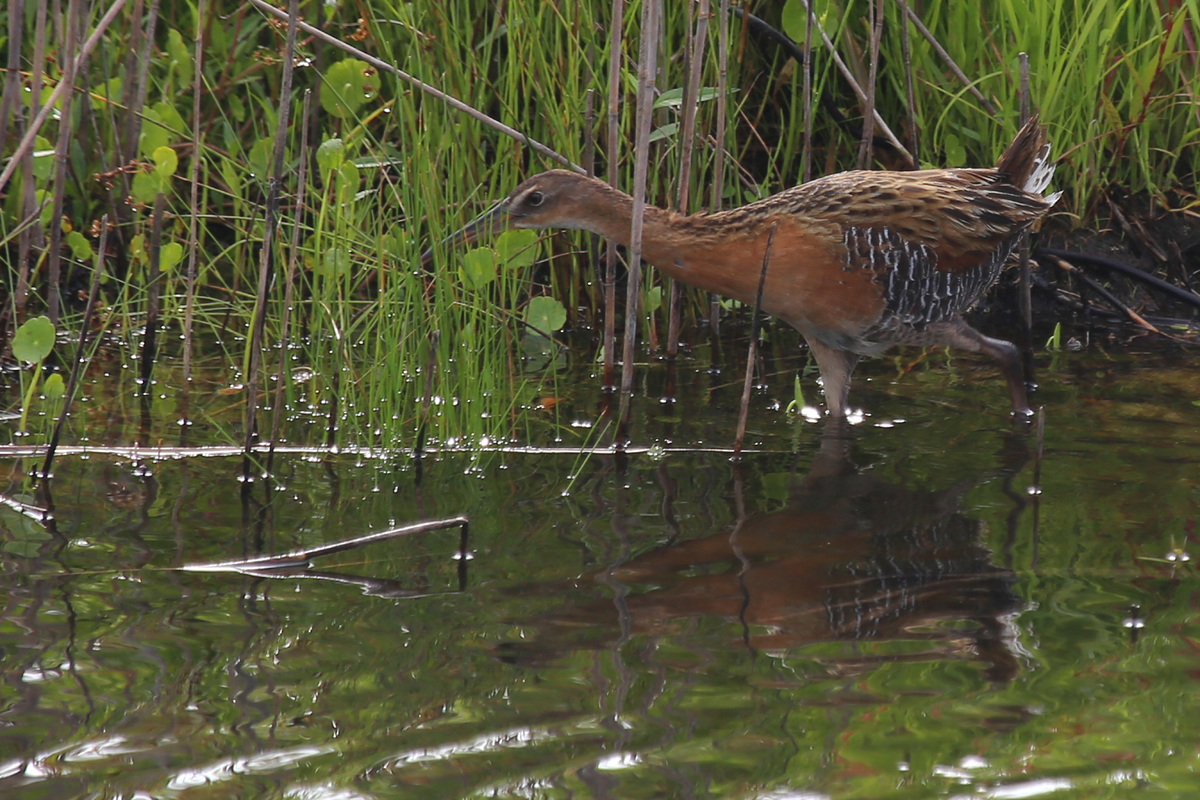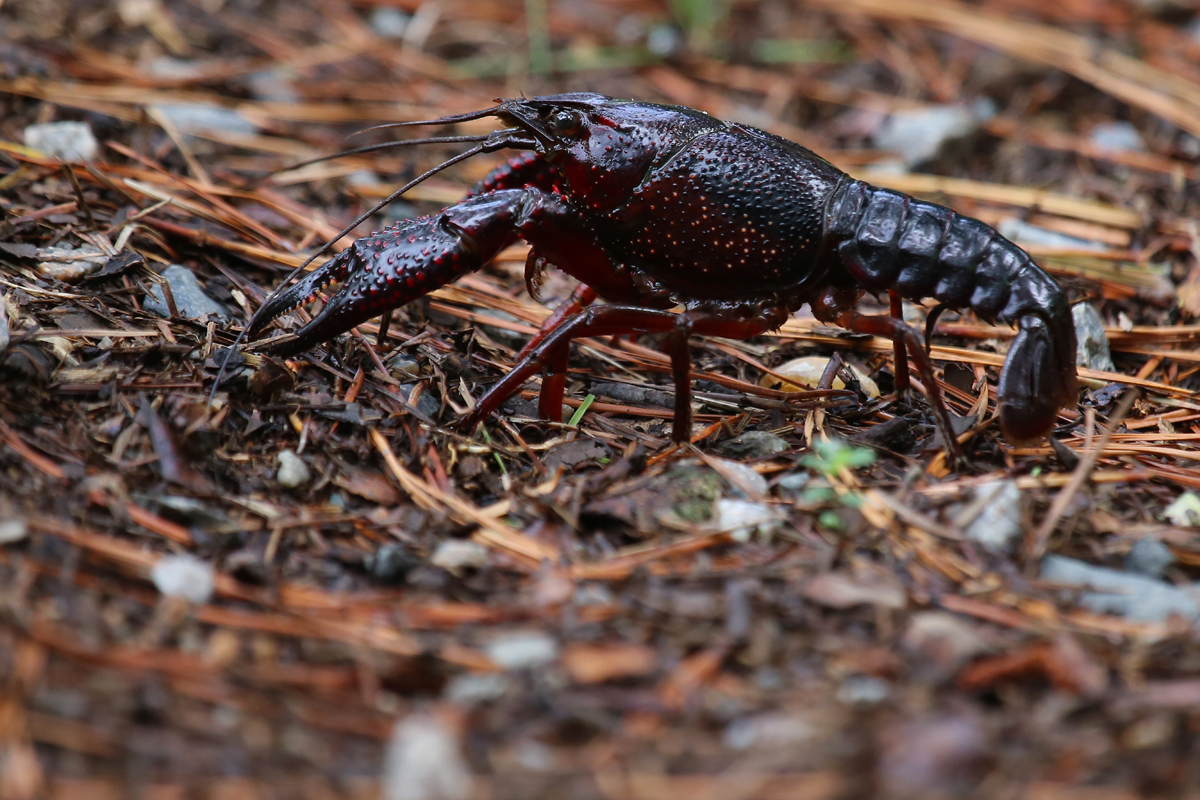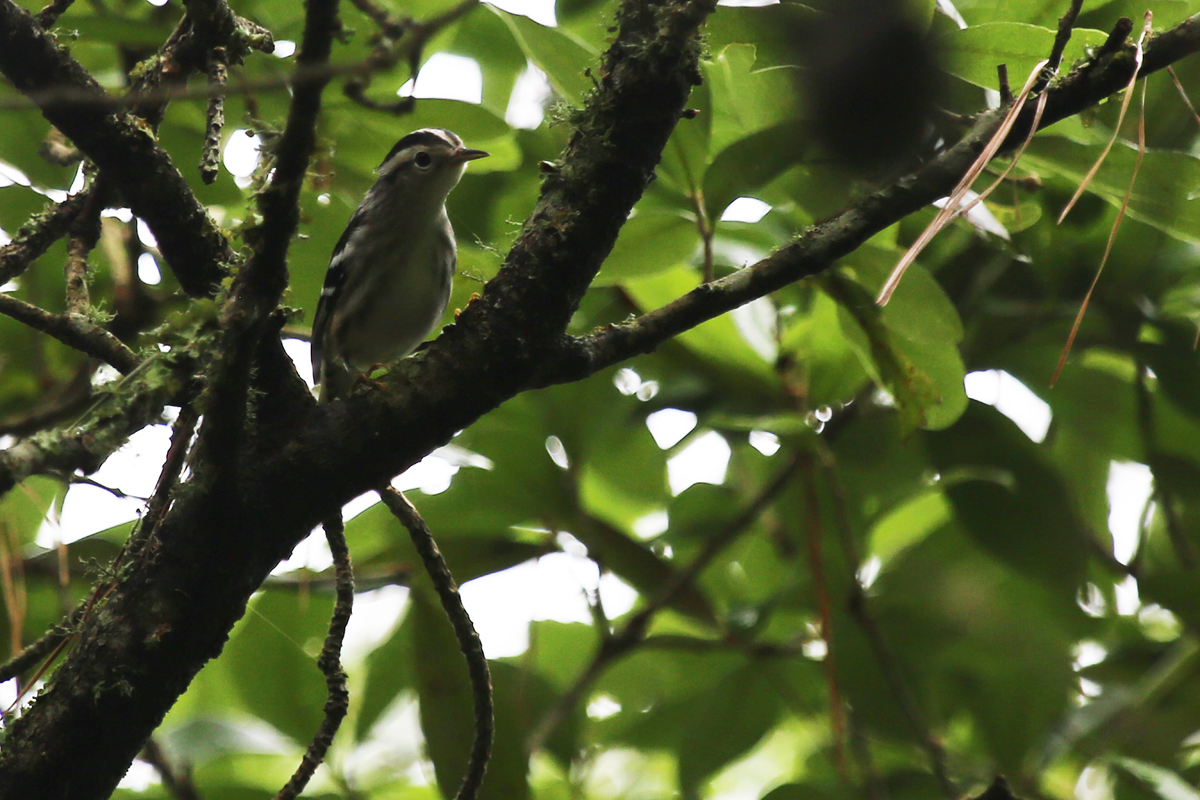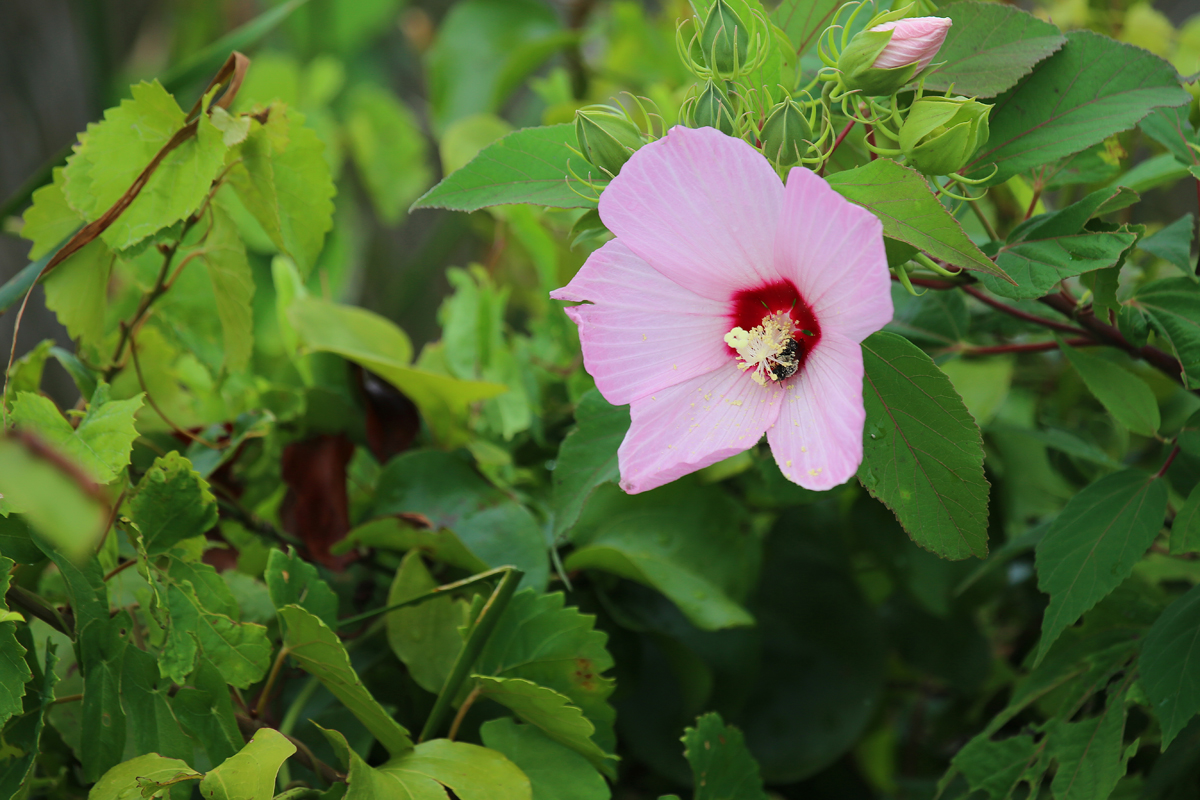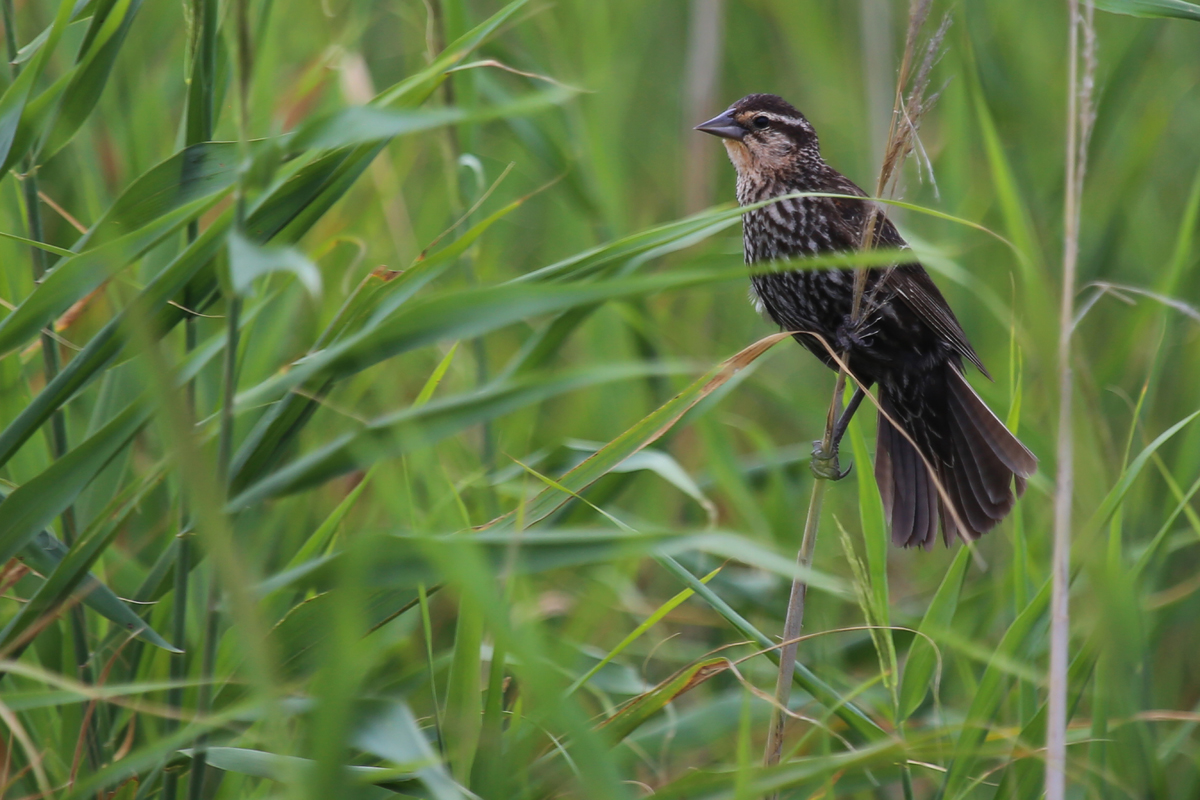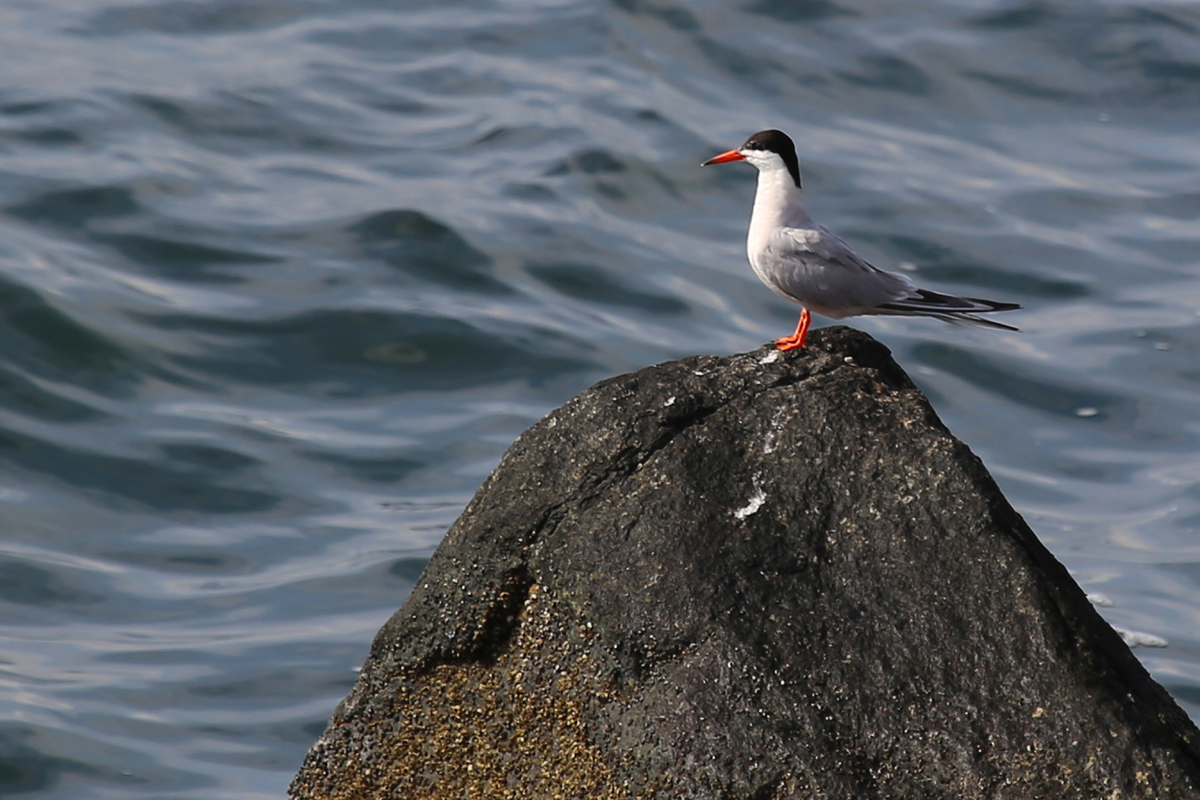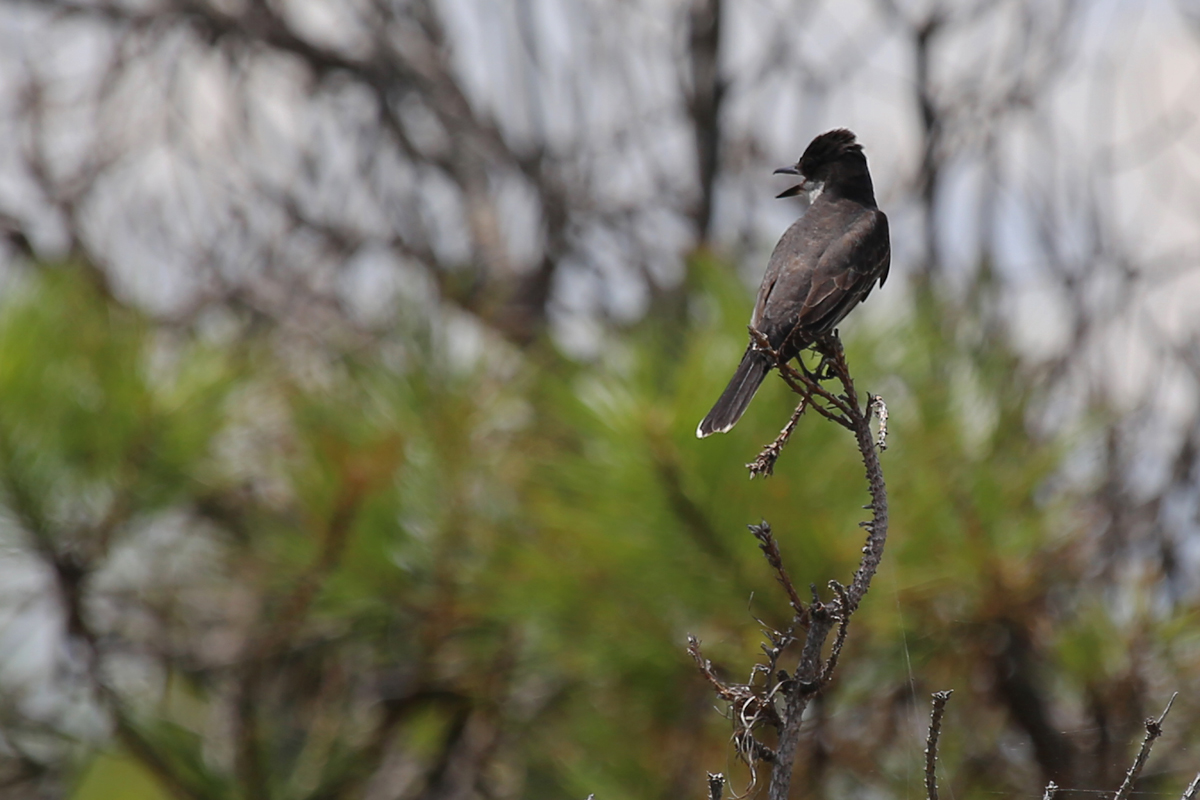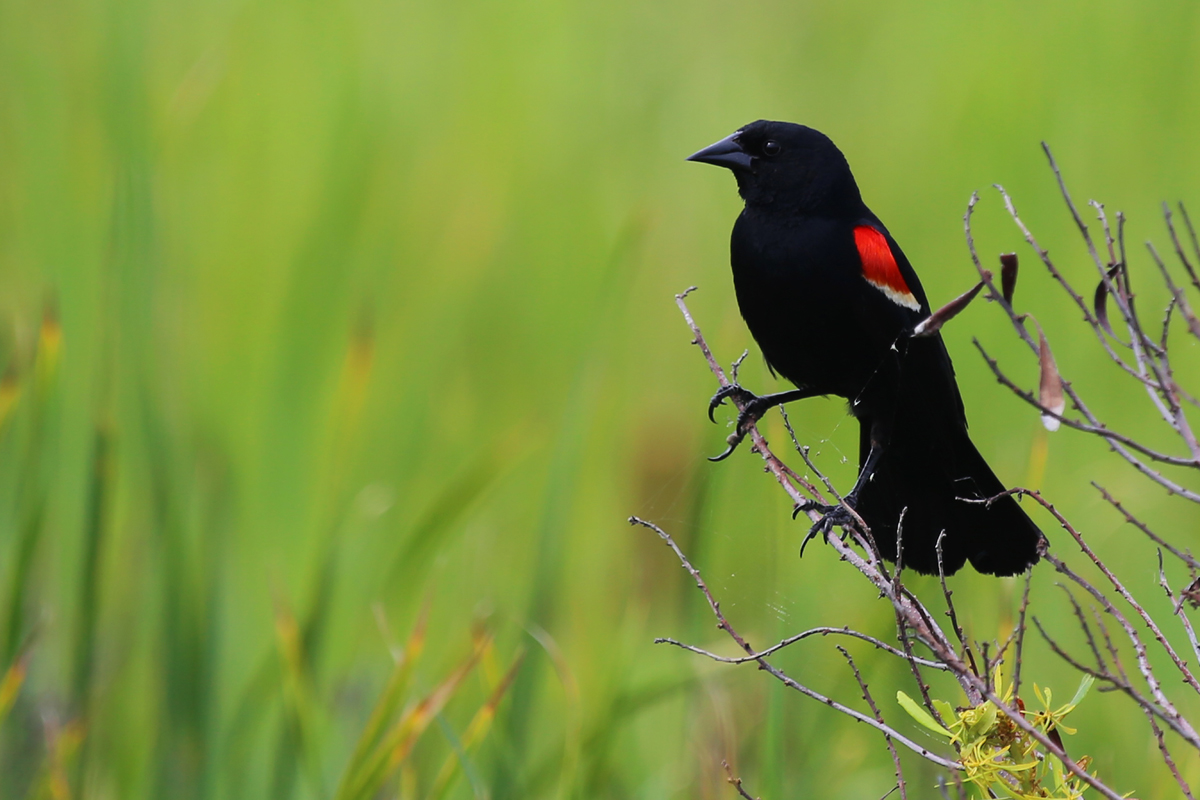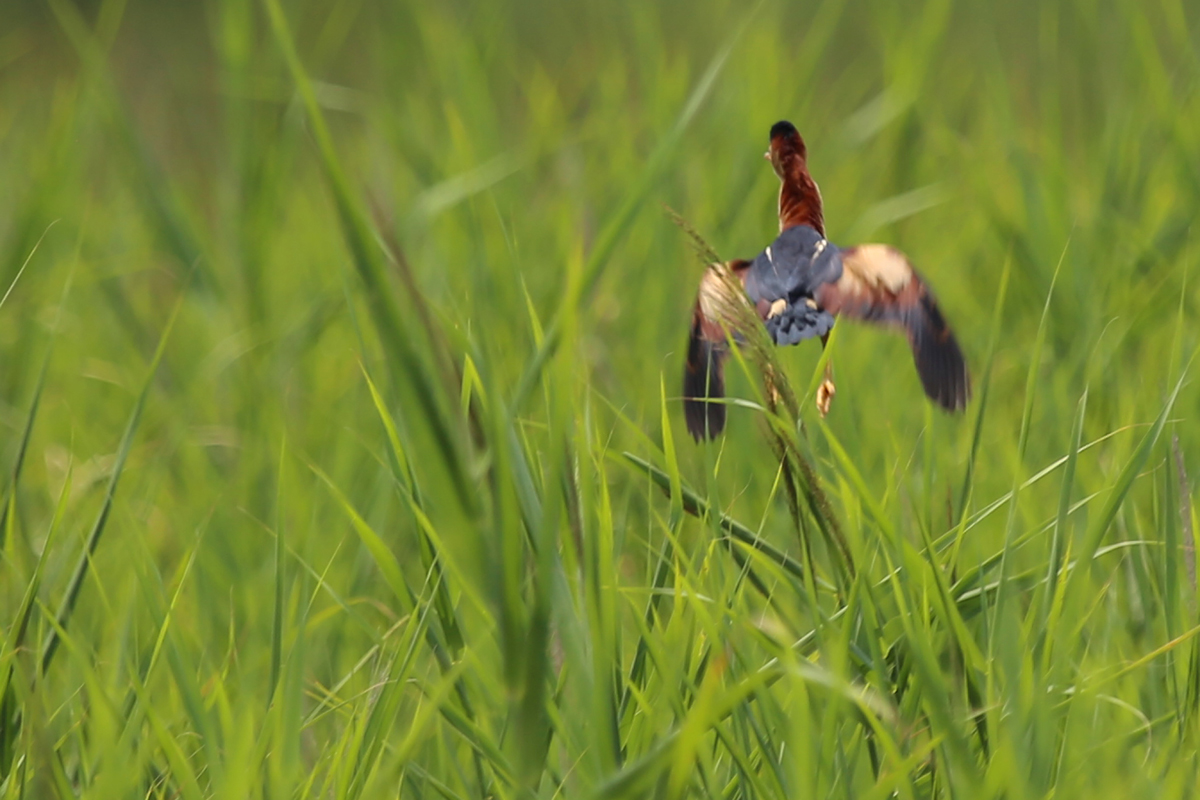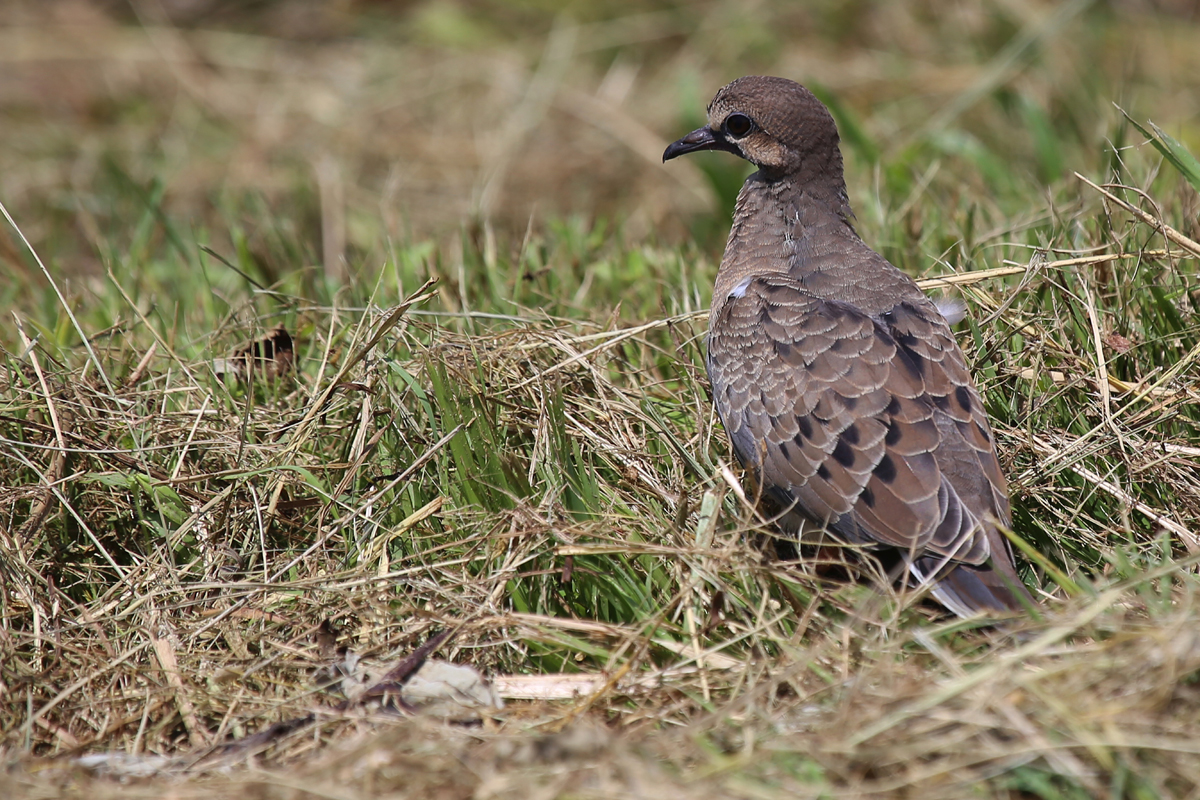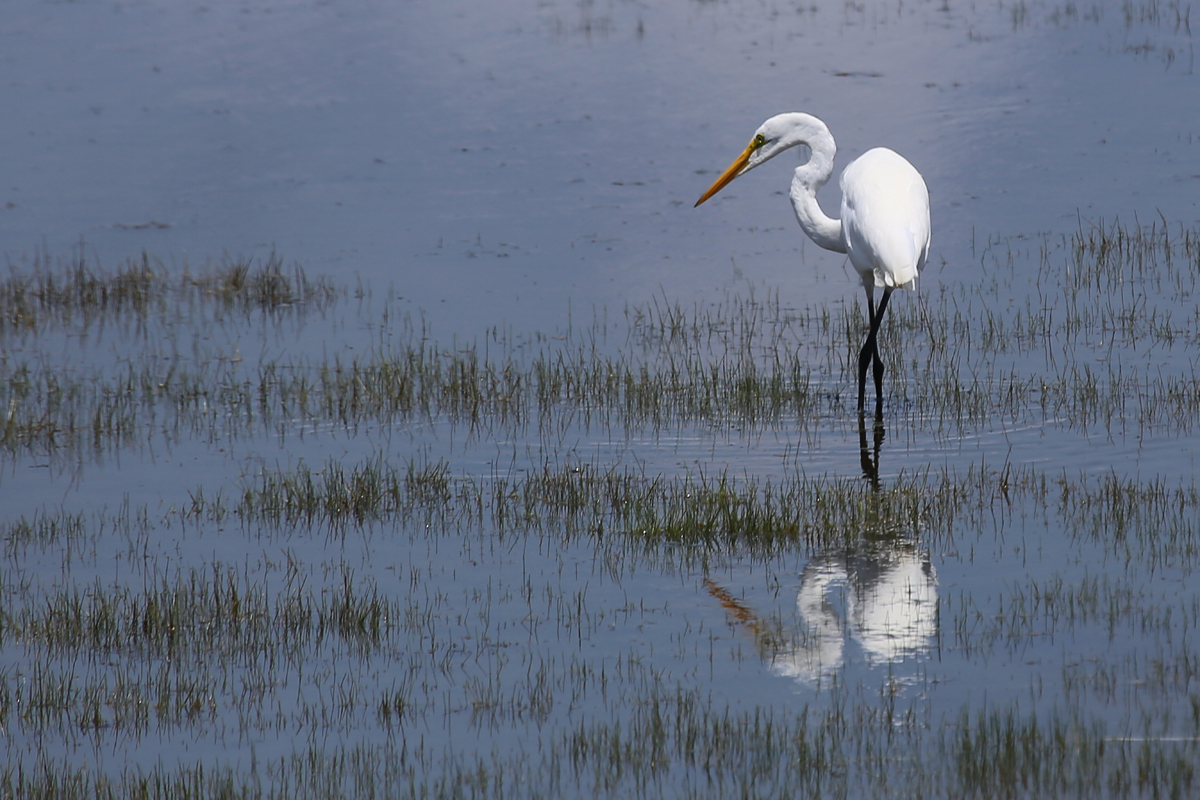Early August 2017 (1st-10th)
/With July coming to a close, the summer birding season also reached its ending. August is generally regarded as the beginning of fall birding, though many species (shorebirds in particular) begin their actual fall migration during early July. With the highest temperatures now behind us here on the coast, birders were able to spend more time out and about, with some great birds being found thanks to the increase in coverage. Top birds during this period in Virginia Beach included WOOD STORK, BLACK-BILLED CUCKOO & AMERICAN AVOCET, early first-of-fall arrivals of Gadwall (1 Aug), White-rumped Sandpiper (3 Aug) & Wilson’s Snipe (4 Aug) as well as on-time first-of-fall arrivals for American Redstart (5 Aug) & Scarlet Tanager (10 Aug). WEATHER: Overall, early August’s average daily high temperatures were able to drop from those in late July due to a couple of cold fronts in the latter half of the period, reaching 82.8 degrees F (-2.2 degrees from late July); average daytime lows dropped as well, to 68.5 degrees F (-0.9 degrees). The previous 10-year average daily highs & lows for the early August period were 87.4 & 72.6 degrees F, respectively which puts this period in 2017 at -4.6 and -4.1 degrees when comparing to the previous 10-year average. During that time frame, the maximum average daily highs & lows were 92.6 (2007) & 78.5 degrees F (2016). We had only 2 days with measureable precipitation which amounted to a total of 0.93 inches, with most falling 7 Aug to the tune of 0.67 inches.
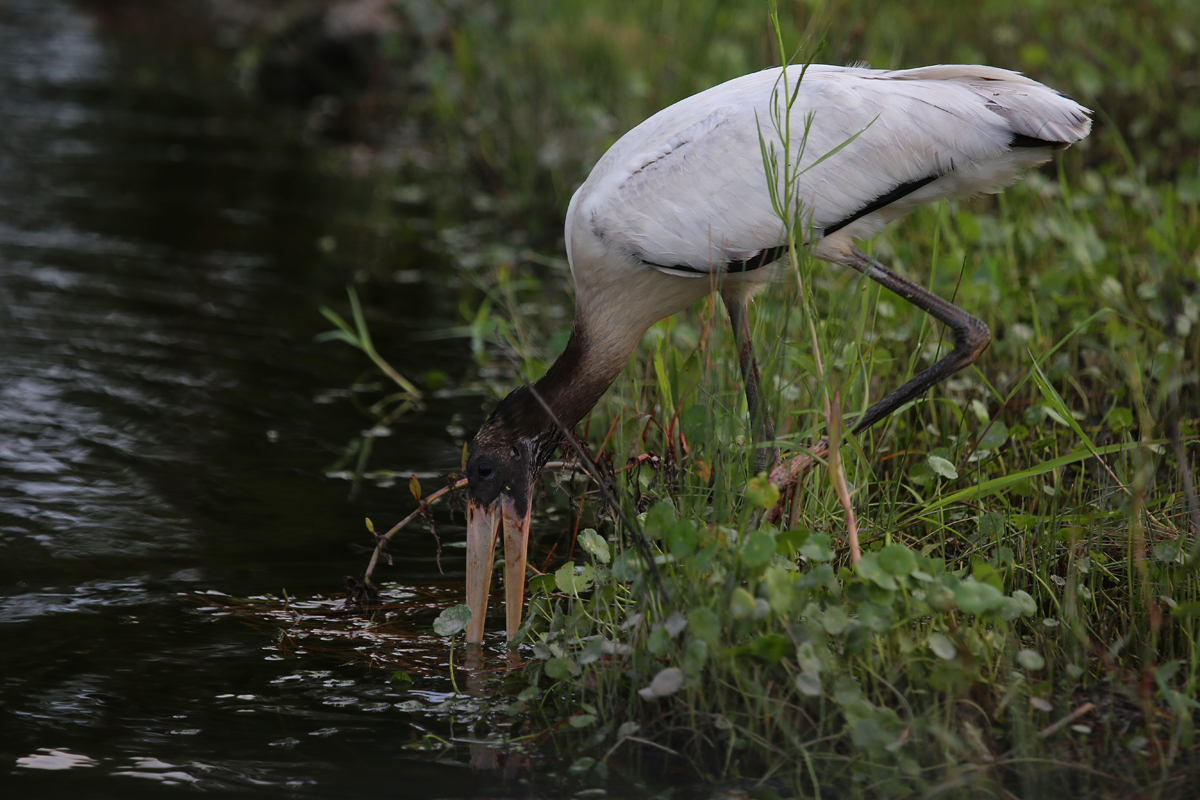

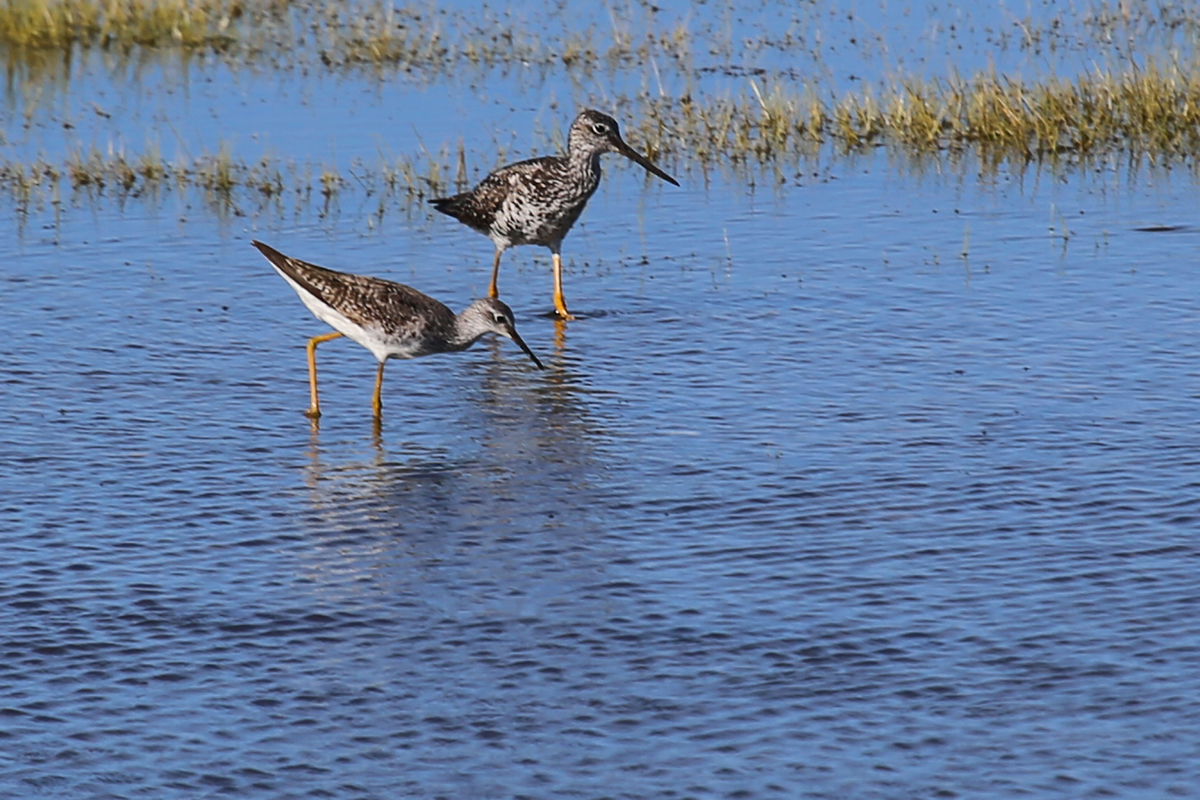
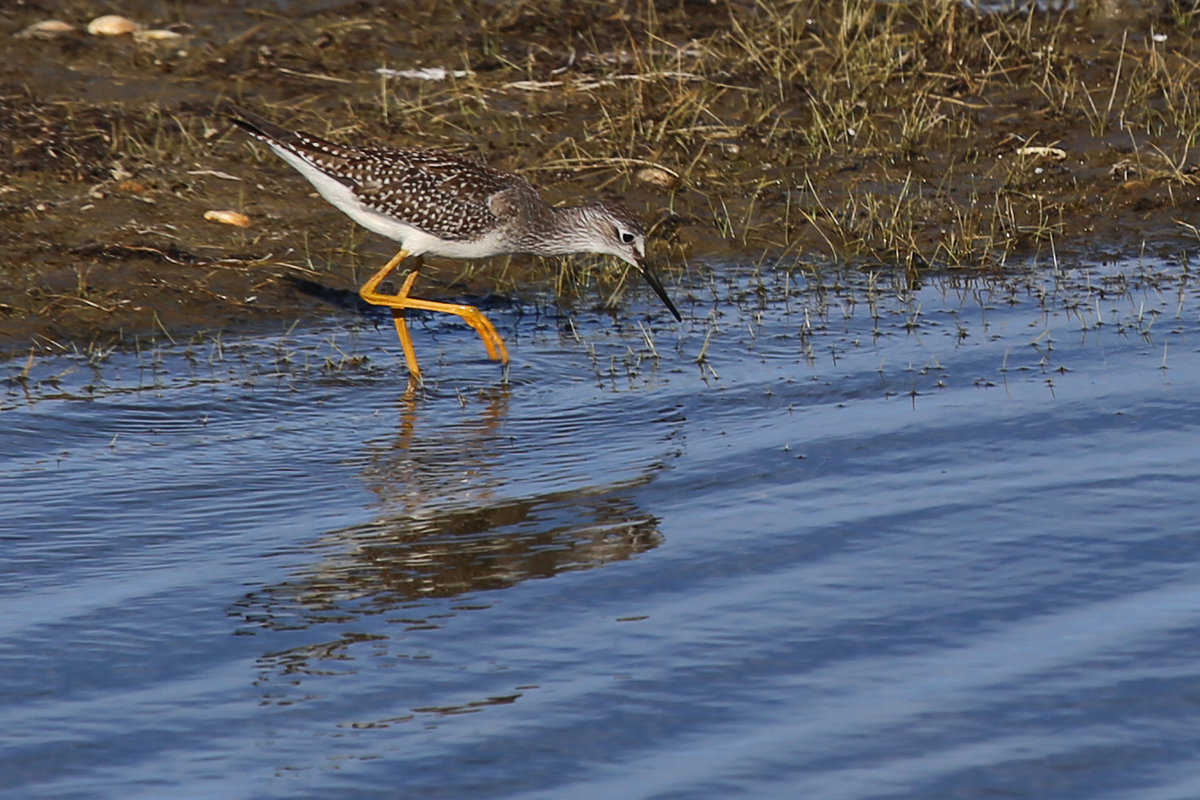
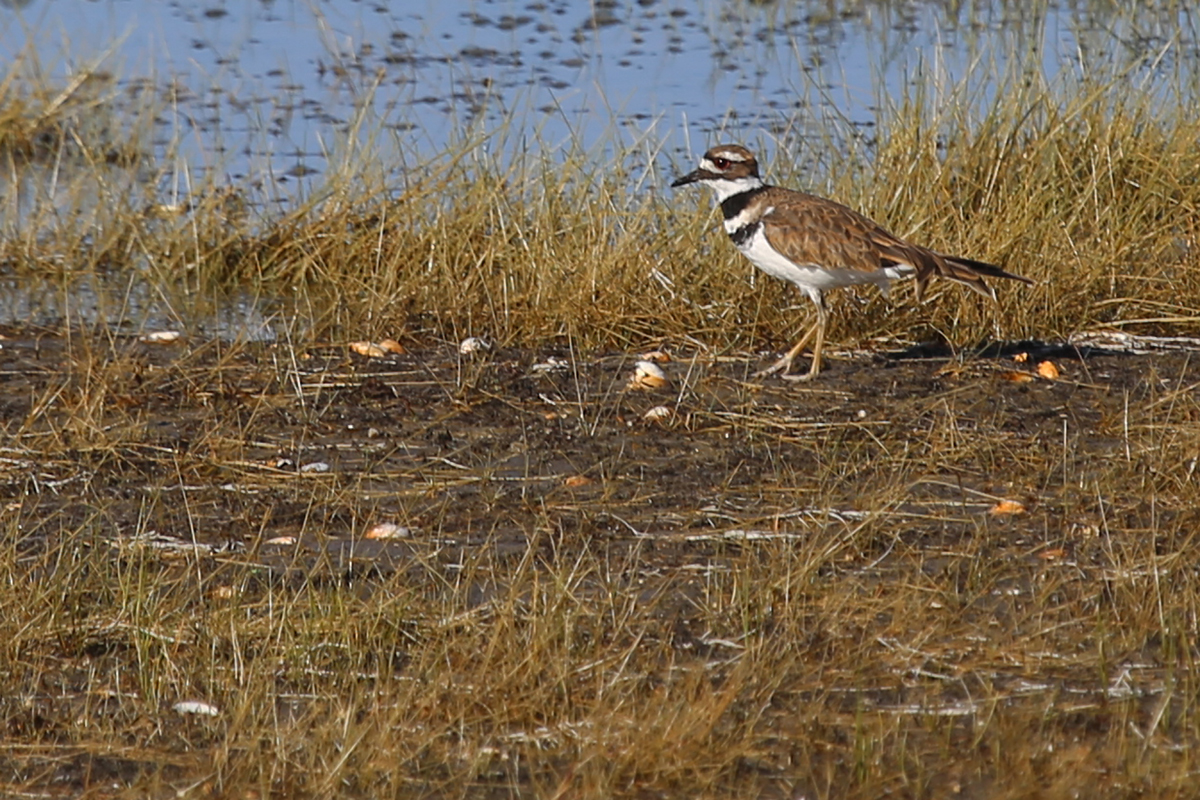


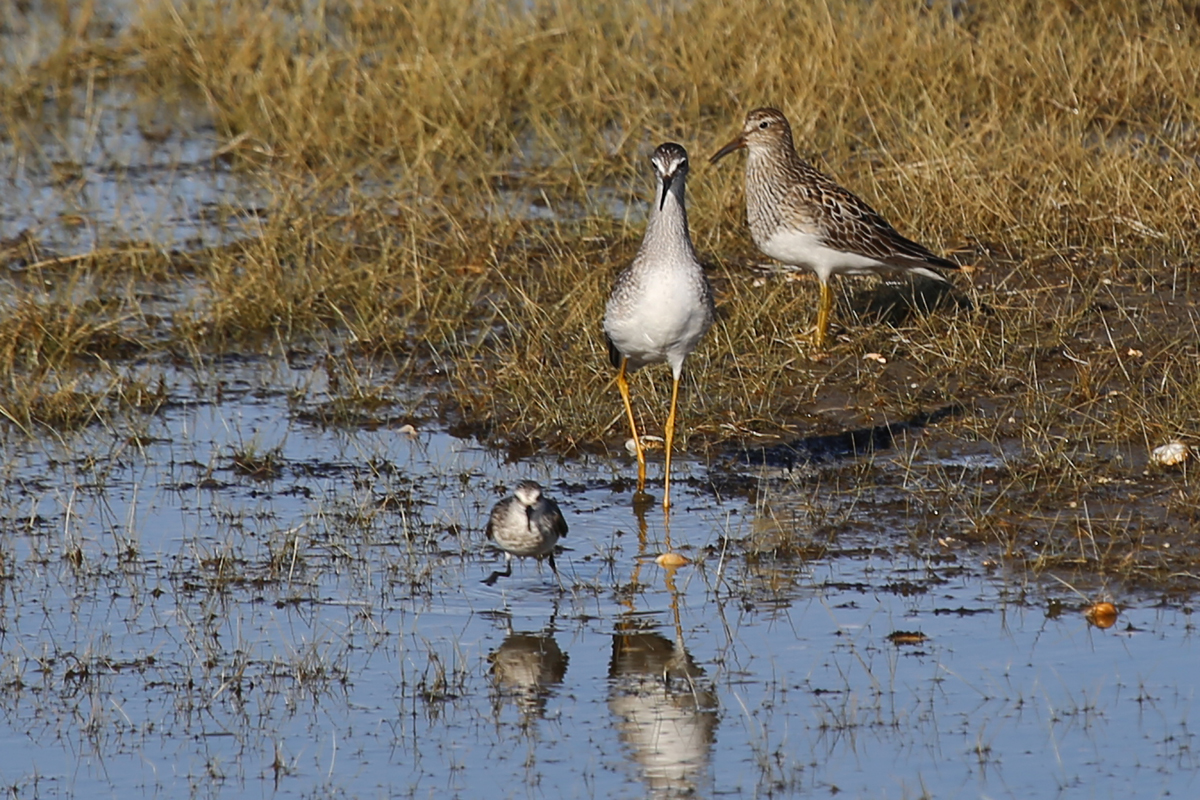
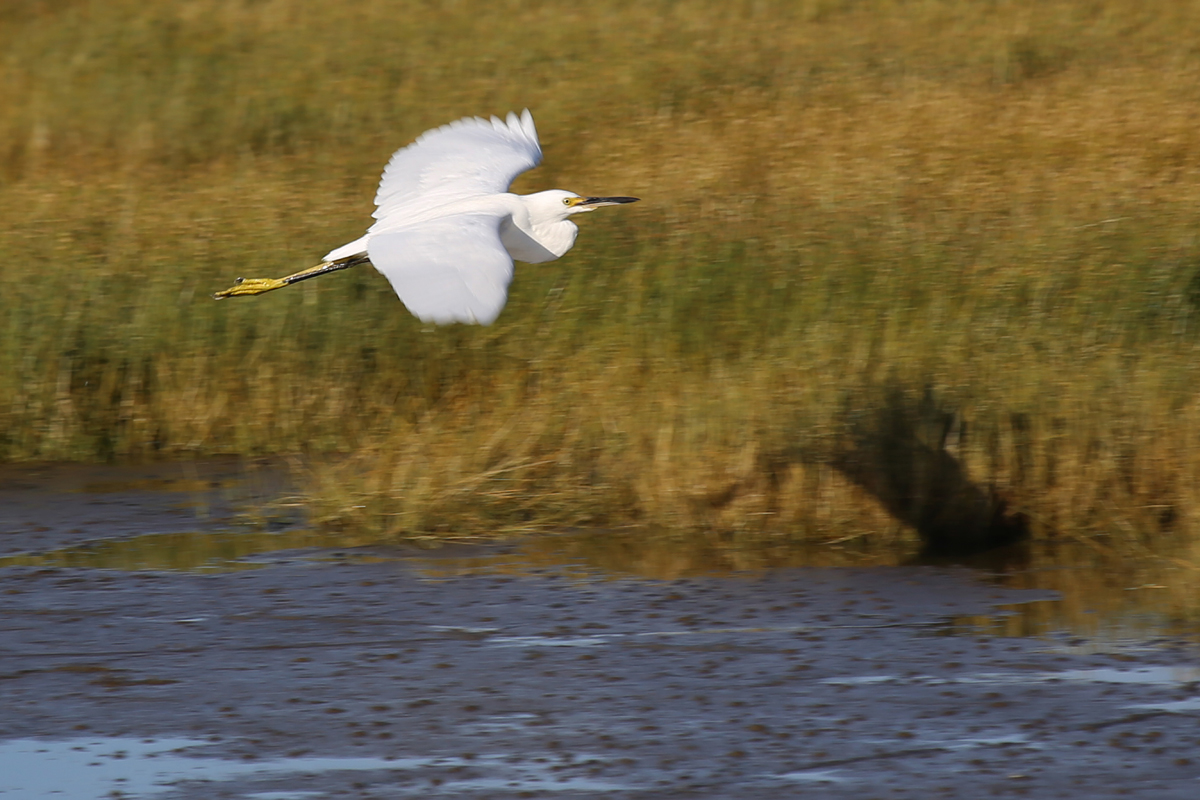

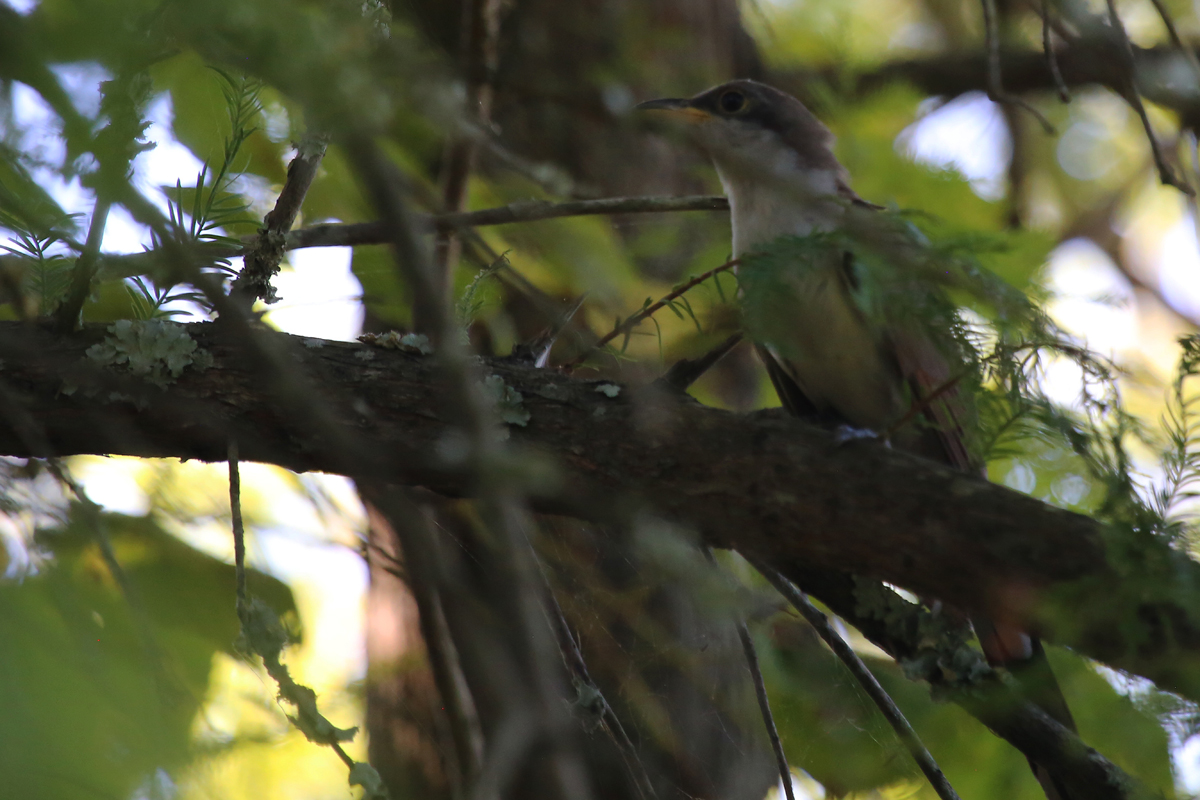
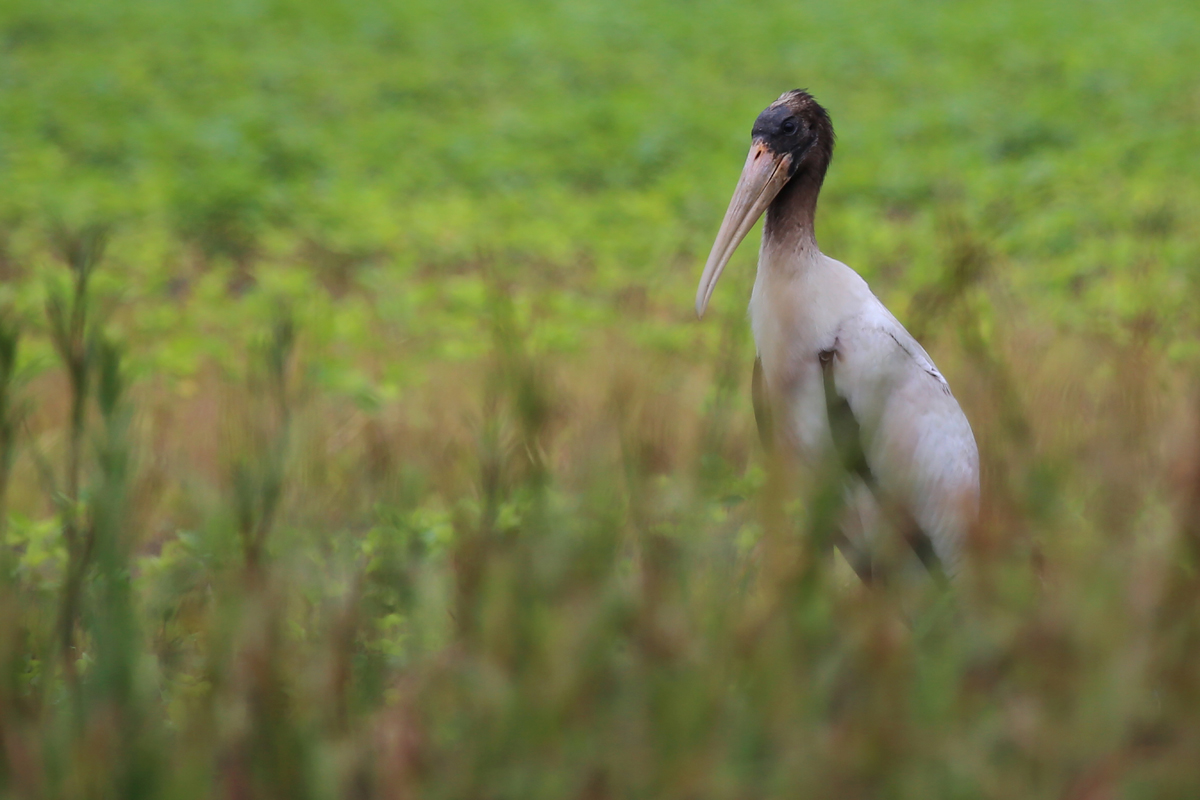
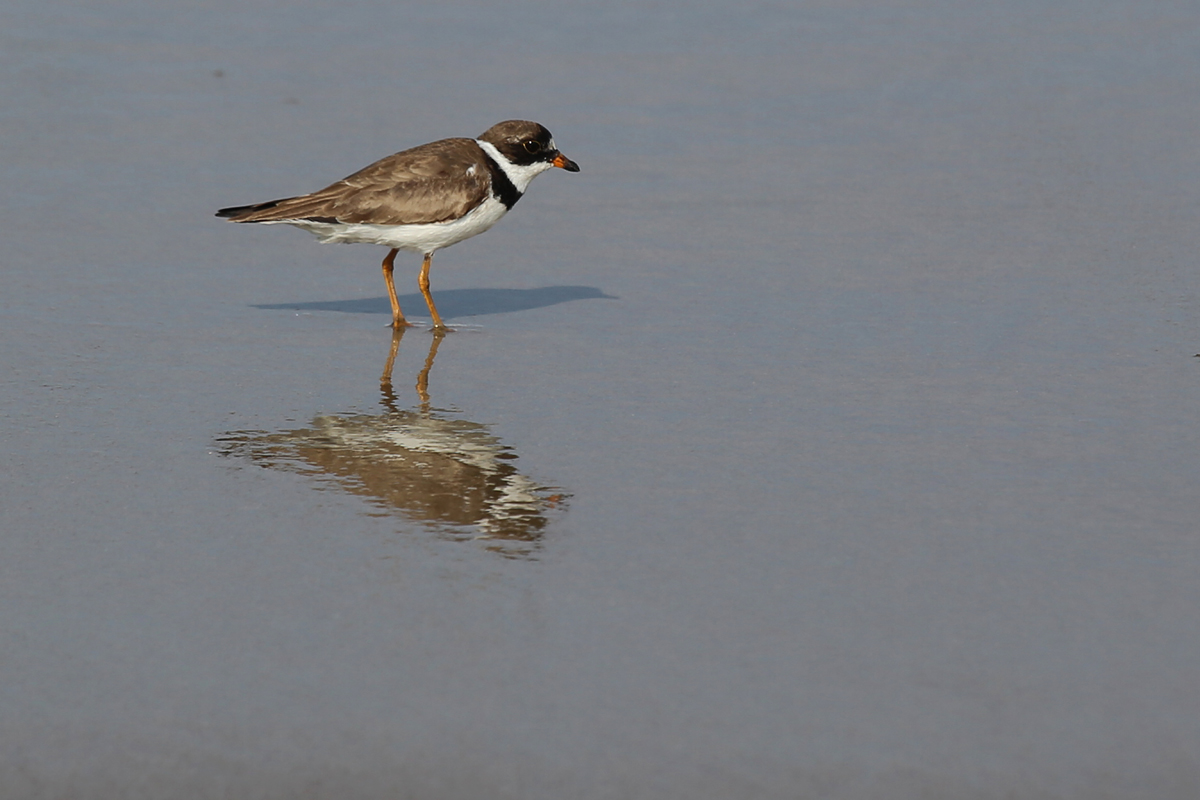

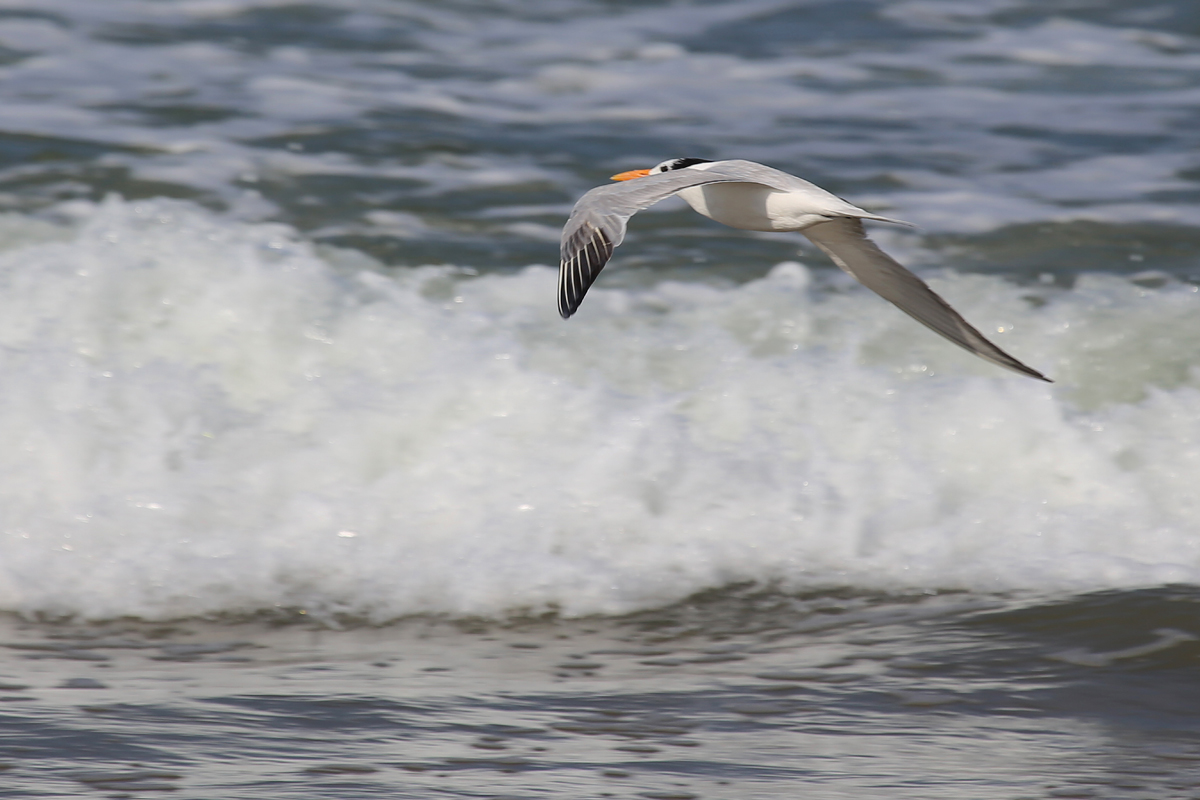
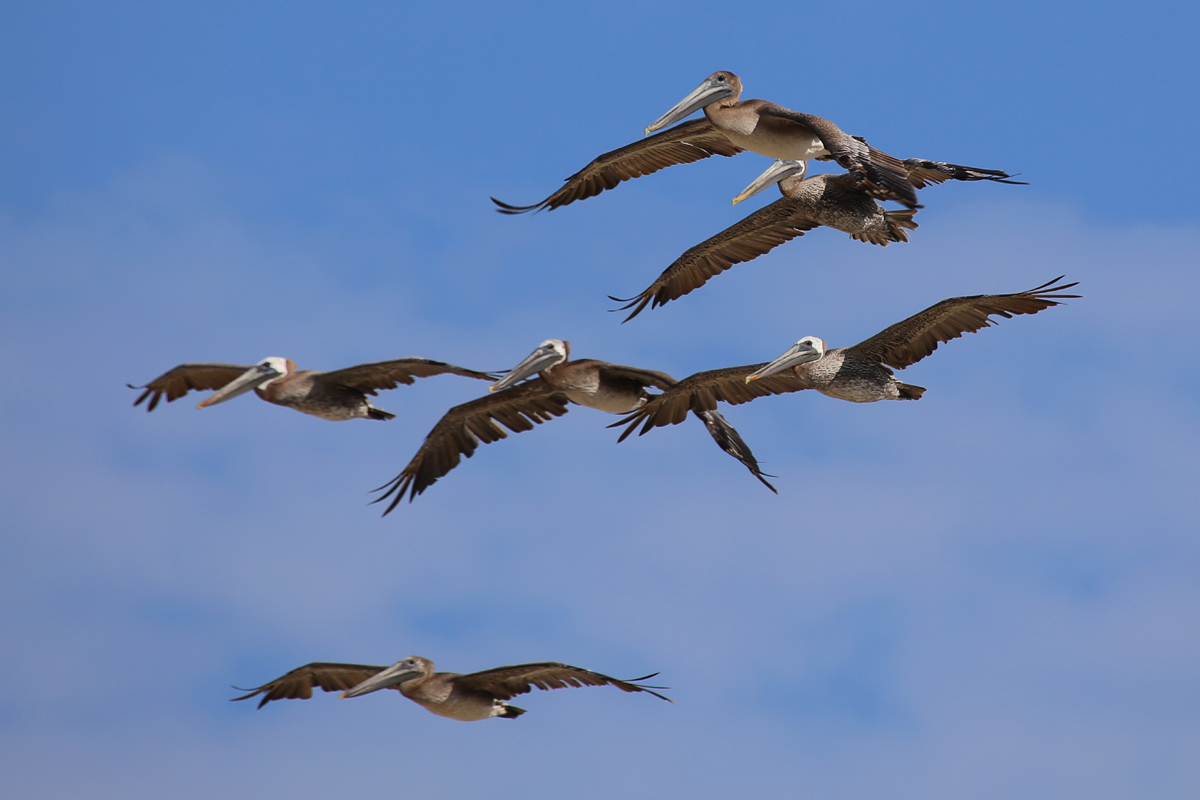

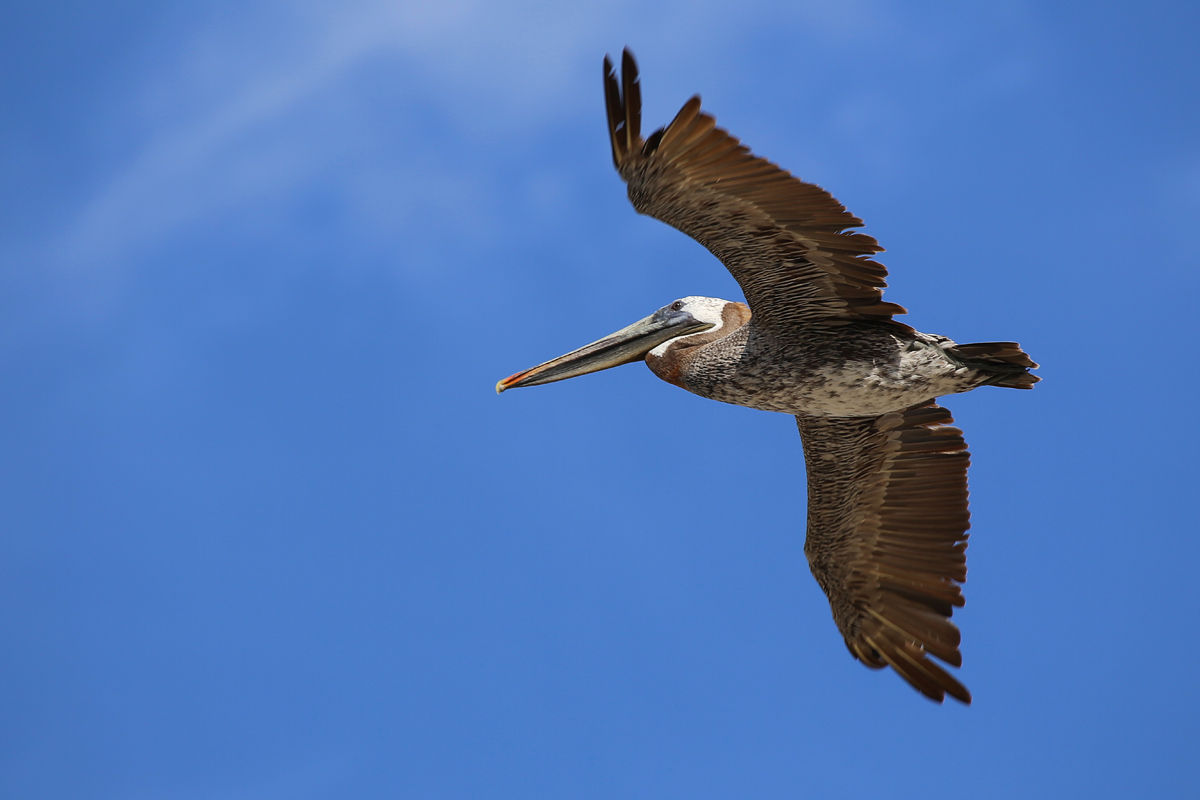
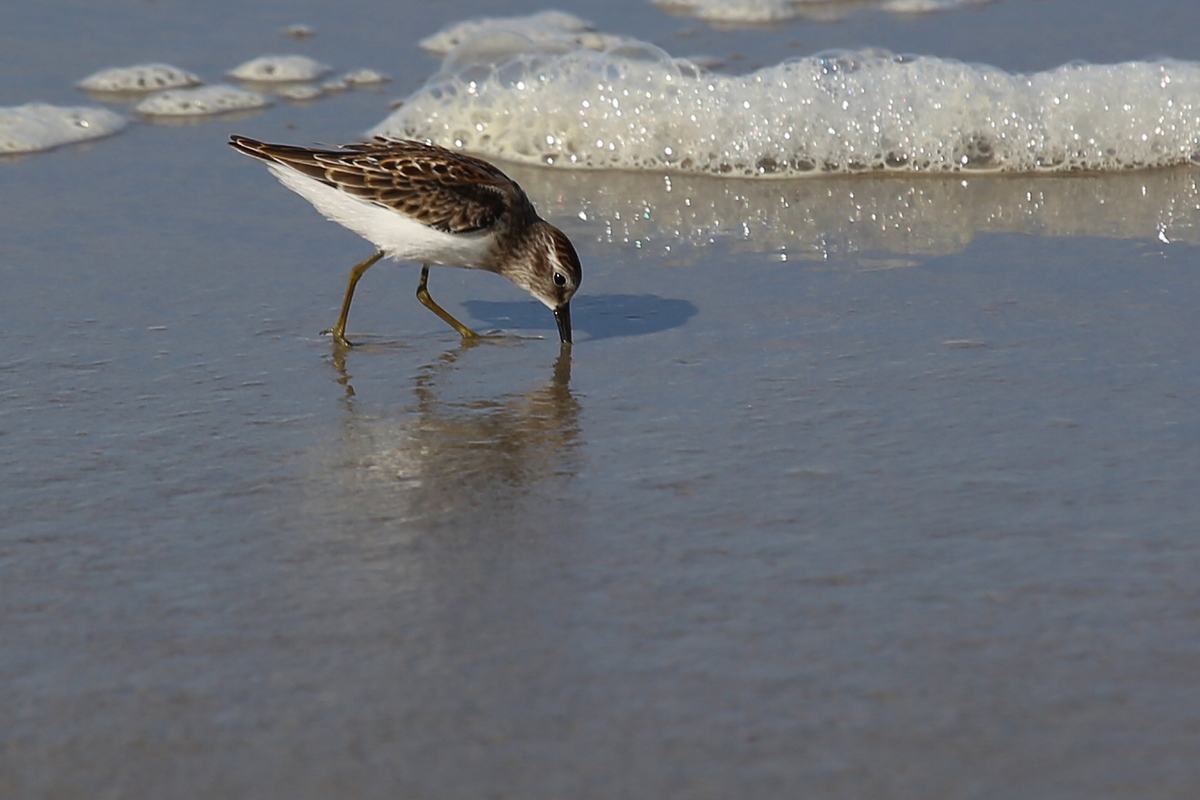

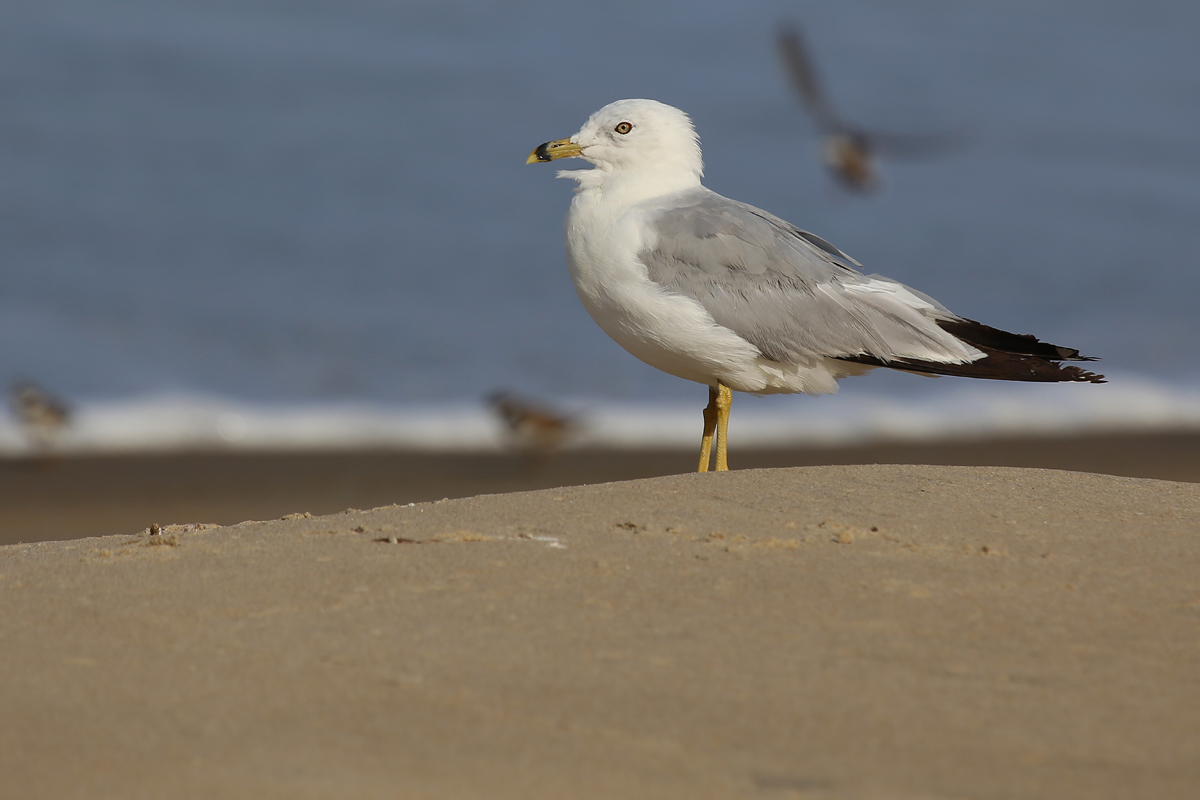
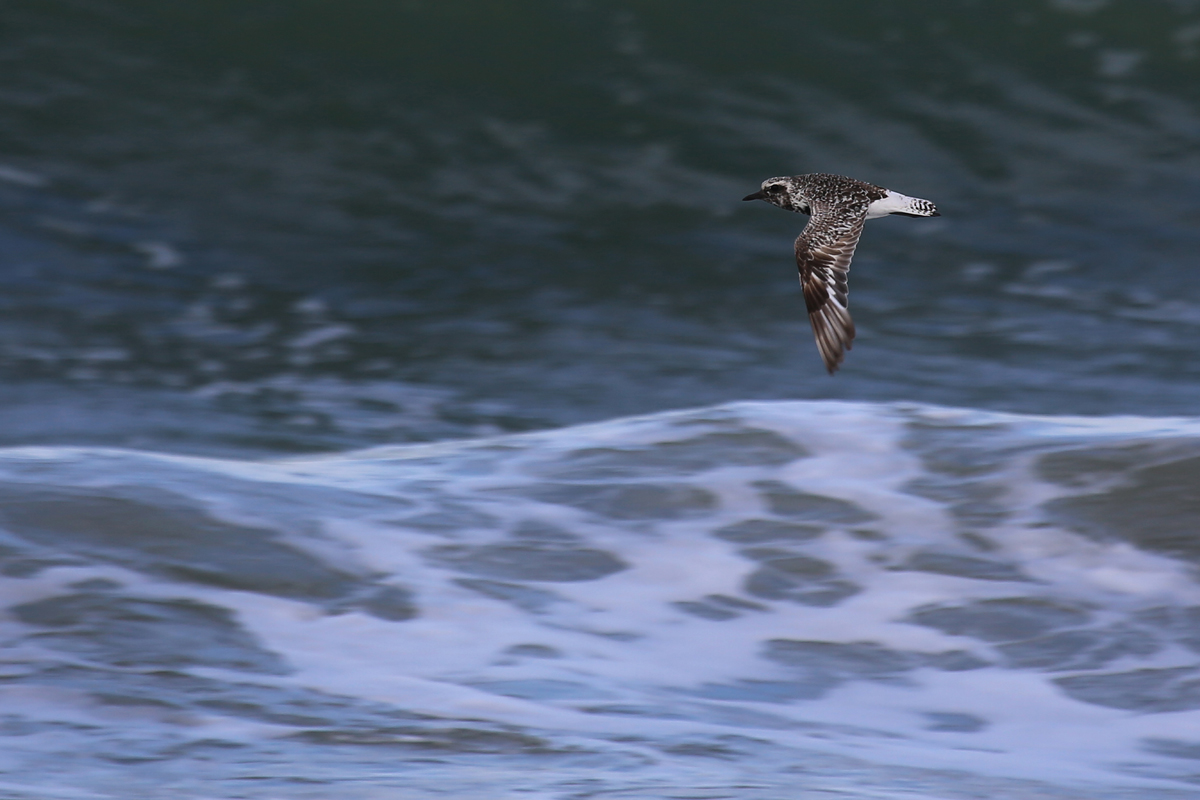
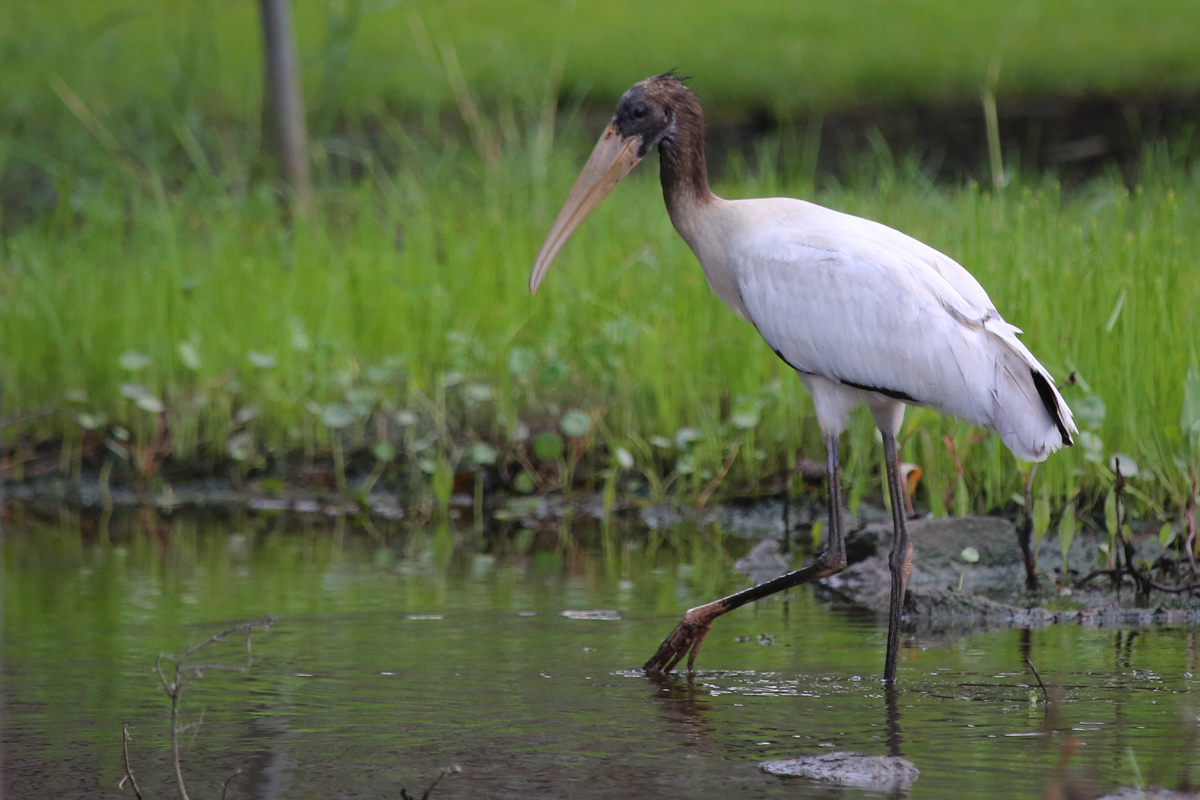
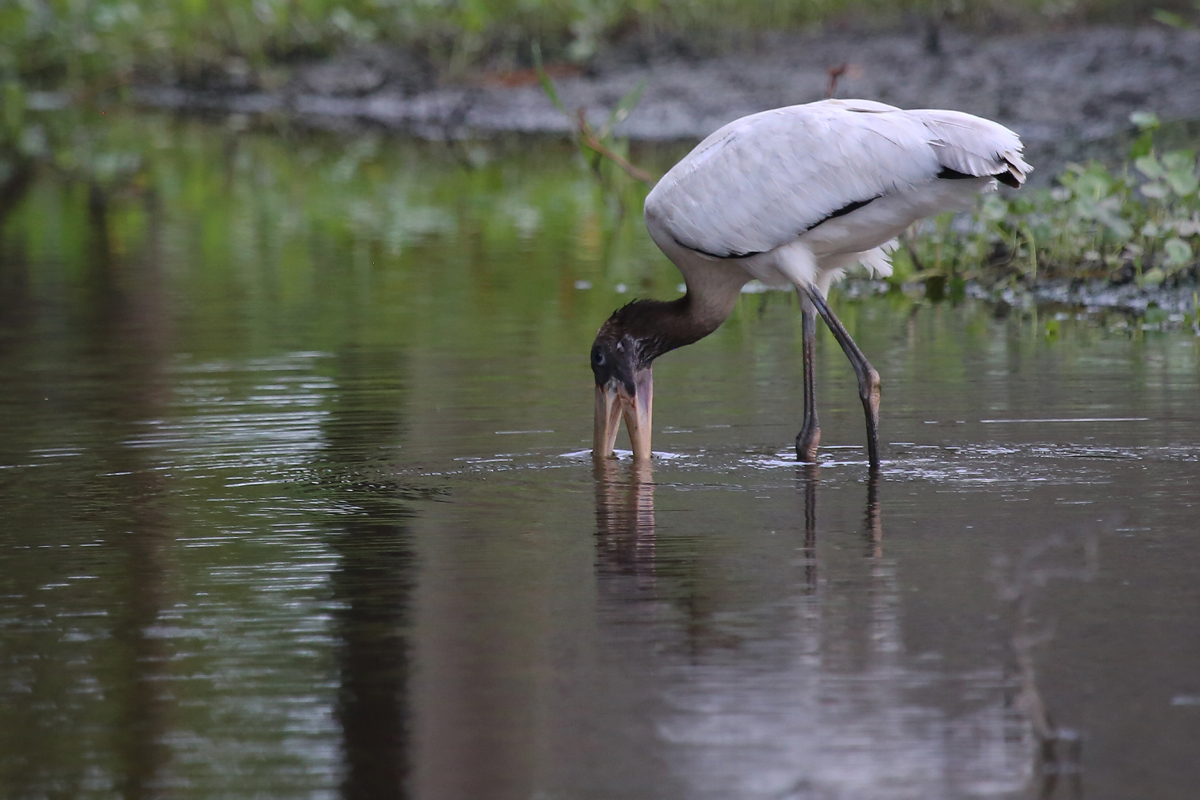

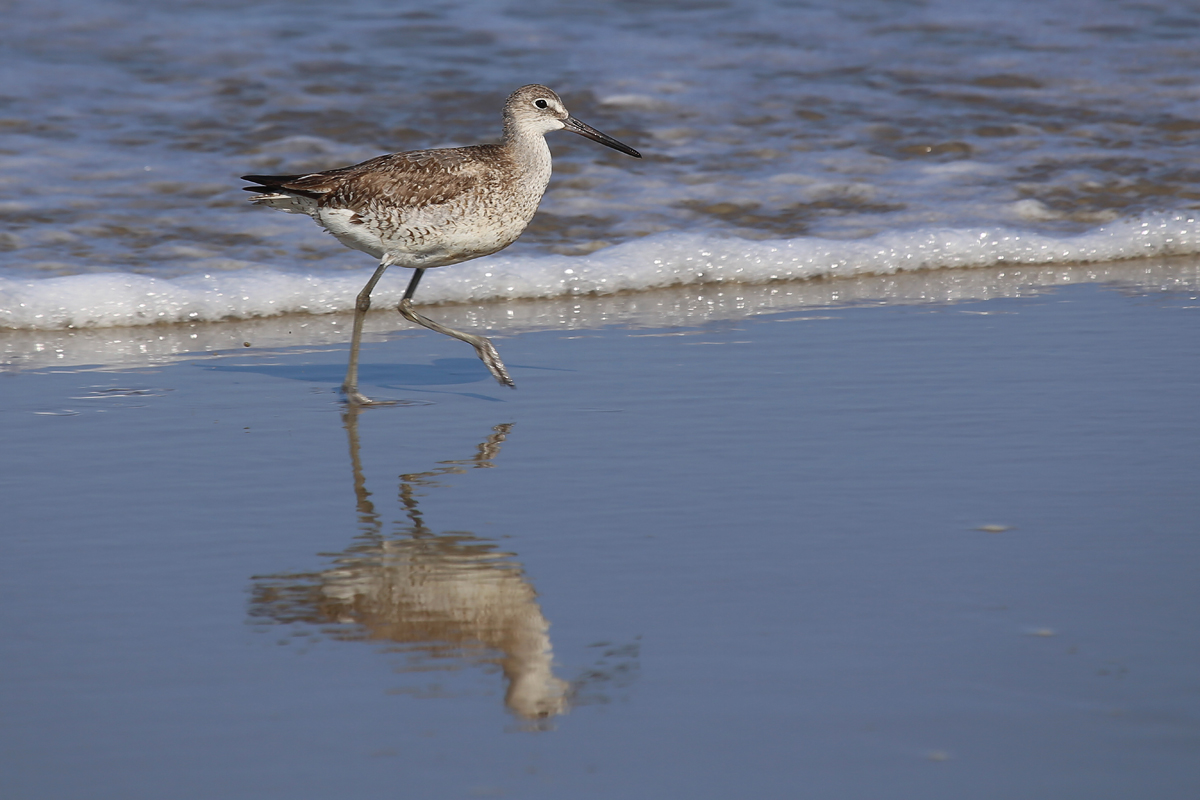

OBSERVATIONS: While Late July was a quiet period here in Virginia Beach, early August was quite the opposite. The top find of the period was most certainly the WOOD STORK (ph. Karen & Tom Beatty) that was found 8 Aug in an agricultural ditch running perpendicular to Pleasant Ridge Road in the southern portion of the city. First seen around 11:15 AM, it was viewed shortly thereafter (ph. Mary Catherine Miguez, then Andrew Baldelli) before it took flight around 11:33 AM and moved south/southeast over the tree tops. Many local birders spent the late morning and afternoon attempting to re-find the bird to no avail, but at 3:42 PM, (obs. Tommy Maloney & Jason Schatti) it was re-located right back at the initial spot. From 5:02 to 5:38 PM the stork continued to be viewed (ph. Rob Bielawski, obs. Andrew Baldelli, obs. Karen Roberts & obs. James Marcum) with each observer arriving a few minutes after one another once word got out. The following morning, 9 Aug, it was found to still be at the same location (ph. Lisa Rose & Jason Strickland) shortly after daybreak, though, located on the south side of the road near a brick house with a freshwater canal running next to the private property and away from the road. Throughout the remainder of the day it was not observed, until 7:15 PM (ph. Rob Bielawski), when it was found again on the south side of the road. The bird was not observed 10 Aug, and many of us thought it had departed the region, however, sightings continued the following day (more on that in the next journal entry). For those wondering just how unusual Wood Storks are in our area, this individual represents only the third record currently in eBird for Virginia Beach, with one having occurred at First Landing SP and vicinity in 2007, and another in 2009 at Back Bay NWR (obs. John Spahr). Only two other Wood Storks have popped up in Virginia as a whole this year (so far), with an individual sighted in Augusta County back in May, and another occuring on a private farm in Northampton County on the same day as the initial Virginia Beach sighting. As mentioned a couple of journal entries back, the ABA posted an article online indicating that the dispersal of Wood Storks, Roseate Spoonbills, Limpkin and other southern waders is linked to ongoing drought conditions in the core range for these species. Birders would be wise to continue looking in any likely habitat where these southern waders might be taking refuge locally. Purple Gallinule and Black-bellied Whistling-Ducks are also noted in the article as potential species affected by the same conditions, and these should be kept in mind as well.
Another species which has very few records in Virginia Beach was observed 6 Aug when a BLACK-BILLED CUCKOO made a brief showing at Back Bay NWR (obs. David Clark) in the early morning hours. So far this fall, there hasn’t been a single other report along the coast south of New Jersey for this species, and the closest records in Virginia have all occurred west of the Blue Ridge, which puts this individual very far away from its expected range. Unfortunately, this individual was not able to be re-located. One important note which David’s eBird checklist mentions in quick detail is that observers should be warned this time of year in the difficult of separating out juvenile Yellow-billed Cuckoos from Black-billed Cuckoos. Seeing the red orbital ring around the eye is essential, as both will show black bills. Also, the spotting on the underside of the tail is diagnostic between species, so make sure to study those pair of marks if hoping to pull one of these out in Virginia Beach where the Yellow-billed is much more expected.
Also at Back Bay, which is basically our hotspot for unusual and rare birds, a pair of AMERICAN AVOCETS was found 3 Aug out on the C Storage Pool (ph. Karen & Tom Beatty), as viewed from the West Dike. While there was a report in July of a single Avocet at this location, this is the first report to be documented in full, with photographs provided. This pair stayed for only the day however, but several other observers made it out in time for a viewing (obs. Robert Wood, obs. Mike Collins, ph. Andrew Baldelli). The last reports of this species occurring at Back Bay in eBird are from fall of 2014, and Virginia Beach has only been host to individuals in 2015 & 2016, both of which appeared at Pleasure House Point NA also in fall. So far in 2017, American Avocets have also popped up at Chincoteague NWR, Hog Island WMA, Craney Island (where they are expected throughout the year), and amazingly, up in Loudoun County at the Leesburg, VA airport).
As with the prior period, first-of-fall arrivals continued making their presence known across Virginia Beach. Most notable among this grouping was a Gadwall (obs. Andrew Baldelli) found up at Pleasure House Point NA on 1 Aug, which is significantly ahead of that species’ expected 5 Sep arrival date! No other Gadwalls have shown up in coastal Virginia yet for the season, though there are a couple of reports in Fairfax & Alexandria that might pertain to an over-summering Gadwall seen as recently as 31 Jul. White-rumped Sandpipers also made for an early arrival (expected 5 Aug), when reports began 3 Aug (obs. Karen & Tom Beatty) at the same location the American Avocets were observed at Back Bay NWR. Water levels on this C Storage Pool maintained the perfect height for shorebirds through 6 Aug which was the final day the West Dike remained open for the season. With the switchover to the East Dike occurring 7 Aug, the C Storage Pool is no longer visible in the same regard, though a sliver of it can be seen from the “dog-leg” bend near the H Pool. As a result of the switchover, White-rumped Sanpdipers weren’t observed beyond that date but were likely still present, just out of view. Also found at the C Storage Pool (obs. Mary Catherine Miguez, ph. Robert Wood) on 4 Aug was an extremely early Wilson’s Snipe! In fact, with an average arrival date of 25 Aug, this individual was quite a ways before that. It also matched the earliest known fall record for Virginia as a whole, tieing the same date in 2015 when Robert Ake observed 3 Wilson’s Snipe, also at Back Back Bay NWR. A perfectly on-time, first-of-fall arrival of American Redstart was detected when a female was observed 5 Aug at Pleasure House Point NA (obs. Bob Swiader). Redstarts are the most common transient warbler species to move through Virginia Beach during the fall season, though they aren’t all the easy to find in the springtime. Soon enough, large numbers should start getting reported, though a bit later as we cross into September. Lastly, a Scarlet Tanager was found at False Cape SP (obs. Bob Swiader), and fell just a few days after the expected 5 Aug arrival for the species.
SPECIES DOCUMENTED BY MEDIA and submitted to eBird for Virginia Beach during this period included: 1 AUG – Great Blue Heron, Green Heron, Yellow-crowned Night-Heron & Mourning Dove (Pleasure House Point NA / Loretta Silvia); Green Heron, American Oystercatcher & Semipalmated Plover (Shore Dr. / Karen & Tom Beatty); Great Egret, Yellow-crowned Night-Heron, Clapper Rail & American Oystercatcher (Pleasure House Point NA / Karen & Tom Beatty); Spotted Sandpiper & Royal Tern (JEB Fort Story / Karen & Tom Beatty). 2 AUG – Stilt Sandpiper (Back Bay NWR / Robert Wood); Ruby-throated Hummingbird, White-breasted Nuthatch, Carolina Wren, Song Sparrow & Northern Cardinal (Prince Phillip Dr. / Ron Furnish). 3 AUG – AMERICAN AVOCET, Solitary Sandpiper, & Willet (Back Bay NWR / Karen & Tom Beatty); AMERICAN AVOCET (Back Bay NWR / Andrew Baldelli). 4 AUG – Cattle Egret & Wilson’s Snipe (Back Bay NWR / Robert Wood); Snowy Egret, Little Blue Heron, Tricolored Heron, Semipalmated Plover, Killdeer, Pectoral Sandpiper, Semipalmated Sandpiper, Spotted Sandpiper, Greater Yellowlegs, Lesser Yellowlegs & Yellow-billed Cuckoo (Back Bay NWR / Rob Bielawski); Pileated Woodpecker, Great Crested Flycatcher & Carolina Chickadee (First Landing SP / Anthony Vicciarelli). 5 AUG – American Oystercatcher & Spotted Sandpiper (South Thimble Island / Rob Bielawski); Double-crested Cormorant, Laughing Gull, Forster’s Tern & Royal Tern (JEB Fort Story / Karen & Tom Beatty). 6 AUG – Pied-billed Grebe & Yellow-billed Cuckoo (Back Bay NWR / Rob Bielawski); Tree Swallow (False Cape SP / David Clark). 7 AUG – Carolina Wren (Princess Anne WMA Beasley Tract / Rose Chandler); Cattle Egret (Gum Bridge Rd. / Karen & Tom Beatty); Semipalmated Plover, Killdeer & Least Sandpiper (Muddy Creek Rd. / Karen & Tom Beatty); Semipalmated Plover, Killdeer, Least Sandpiper & Chipping Sparrow (Landing Rd. / Karen & Tom Beatty). 8 AUG – Snowy Egret, Osprey & Least Sandpiper (Muddy Creek Rd. / Karen & Tom Beatty); WOOD STORK (Pleasant Ridge Rd. / Karen & Tom Beatty); WOOD STORK (Pleasant Ridge Rd. / Mary Catherine Miguez); Green Heron (Rudee Inlet / Gale Janiszewski); Great Egret (Shadowlawn / Gale Janiszewski); WOOD STORK (Pleasant Ridge Rd. / Rob Bielawski). 9 AUG – WOOD STORK (Pleasant Ridge Rd. / Jason Strickland); WOOD STORK (Pleasant Ridge Rd. / Lisa Rose); Brown Pelican, Osprey, Whimbrel, Royal Tern & Sandwich Tern (Back Bay NWR / Anthony Vicciarelli); Sanderling, Caspian Tern, Common Tern, Forster’s Tern, Royal Tern & Sandwich Tern (Camp Pendleton SMR / Karen & Tom Beatty); Brown Pelican, Sanderling, Willet, Ring-billed Gull, Common Tern, Forster’s Tern & Royal Tern (Camp Pendleton SMR / Mary Catherine Miguez); Brown Pelican, Black-bellied Plover, Semipalmated Plover, Least Sandpiper, Ring-billed Gull, Lesser Black-backed Gull & Royal Tern (Back Bay NWR / Rob Bielawski); WOOD STORK (Pleasant Ridge Rd. / Rob Bielawski). 10 AUG – Cattle Egret (Pleasant Ridge Rd. / Anthony Vicciarelli); Double-crested Cormorant, Osprey, Royal Tern & Sandwich Tern (JEB Fort Story / Karen & Tom Beatty); Cattle Egret, Red-headed Woodpecker (Muddy Creek Rd. / Karen & Tom Beatty); Black Tern (Back Bay NWR / Nancy Barnhart); Semipalmated Plover, Ruddy Turnstone, Willet, Lesser Black-backed Gull, Great Black-backed Gull, Least Tern & Royal Tern (Back Bay NWR / Mary Catherine Miguez); Great Blue Heron (Pleasant Ridge Rd. / Matt Anthony); Black-bellied Plover & Willet (Back Bay NWR / Rob Bielawski).
LOOKAHEAD: First off, the WOOD STORK continues as of this writing (13 Aug), so if you haven’t been out to Pleasant Ridge Rd. to see it, now would be the appropriate time. Just be sure to stay on the roadway, as all the land outside the road is private property. As with July, shorebirds will be the birds most folks focus their efforts on finding. With the West Dike at Back Bay NWR having been closed for the season, the East Dike is now open. Unfortunately, because of the rains we recently had, the H Pool (located about midway to False Cape SP) and the E Pool near the visitor contact station are each filled with water. The habitat is therefore not suitable for shorebirds at the moment, and we’ll need drought conditions over the next couple of weeks to get back on track, which doesn’t seem likely. As before, the bulk of Princess Anne WMA’s Whitehurst and Beasley Tracts remain overgrown, or full of water. Fields along Muddy Creek and Nanney’s Creek Road are now sprouting vegetation and will quickly obscure any resident shorebirds from view. The immediate coastline and the sand flats at Pleasure House Point NA seem the best locations for shorebirds at the moment, given the unfortunate conditions elsewhere. Black Terns should be looked for on any day with easterly winds, which would help make these terns easier to find in close to shore. Early movements of passerines/songbirds might start to occur soon and dispersals form breeding grounds should start popping up as well throughout August. Sunrise & sunsets during mid-August will range from 6:18 AM & 7:59 PM on the 11th to 6:25 AM & 7:48 PM on the 20th, which means our length of day will drop from 13 hours, 41 minutes down to 13 hours, 23 minutes (-18 minutes overall) during this upcoming period. Also worth a mention here even though it technically occurs in late August on the 21st, (I will not get a chance to mention it in time with the next entry). A Partial Solar Eclipse is set to begin at 1:21 PM, reach a maximum at 2:47 PM and then end at 4:06 PM, so make sure to get protective glasses in preparation! Lastly, regularly occurring (used synonymous with annually-occurring here) species that are likely during late July and have not been observed yet this fall include Cliff Swallow (10 Jul expected arrival date), Dunlin (30 Jul), Kentucky Warbler, Hooded Warbler, Common Nighthawk, Yellow Warbler, Yellow-throated Vireo & Northern Waterthrush (5 Aug), Bank Swallow (10 Aug), Canada Warbler, Northern Harrier, Peregrine Falcon & Baltimore Oriole (15 Aug) and Worm-eating Warbler, Chestnut-sided Warbler, Bobolink, Black-throated Blue Warbler & Sora (20 Aug). As always, make sure to report your finds to eBird so the data can be used to adjust the expected arrival dates and to view the full listing of each species’ “average expected arrival dates”!
Next Entry | Entry Index | Previous Entry | Same Period Last Year
For further information regarding this thrice-monthly, online publication, please visit the Journal Overview Page which provides an in-depth explanation of the format, layout and composition of the journal. As always, thank you for reading, and please leave me a comment below (you may use your Facebook, Gmail or other accounts to easily do so), or just click the Heart icon to the lower right of this post to let me know you stopped in!
